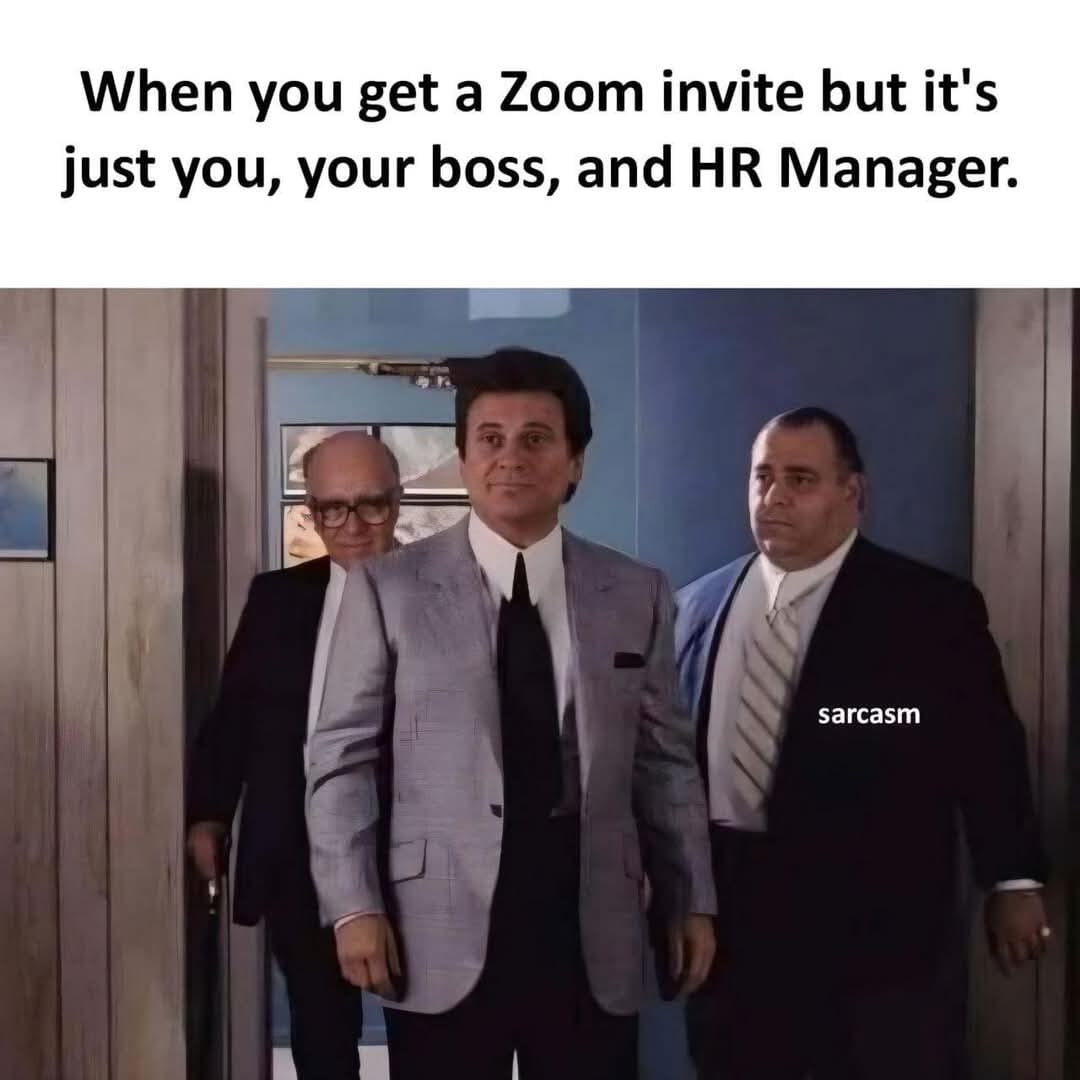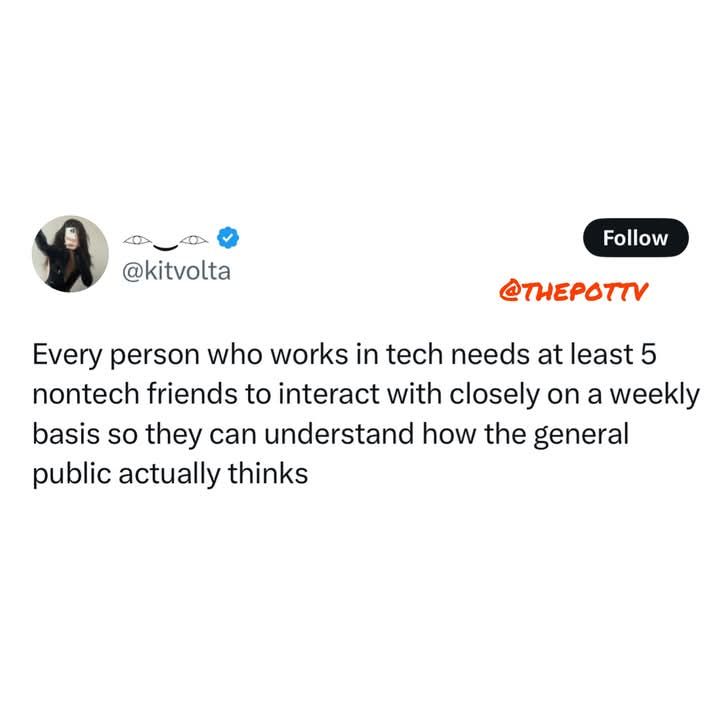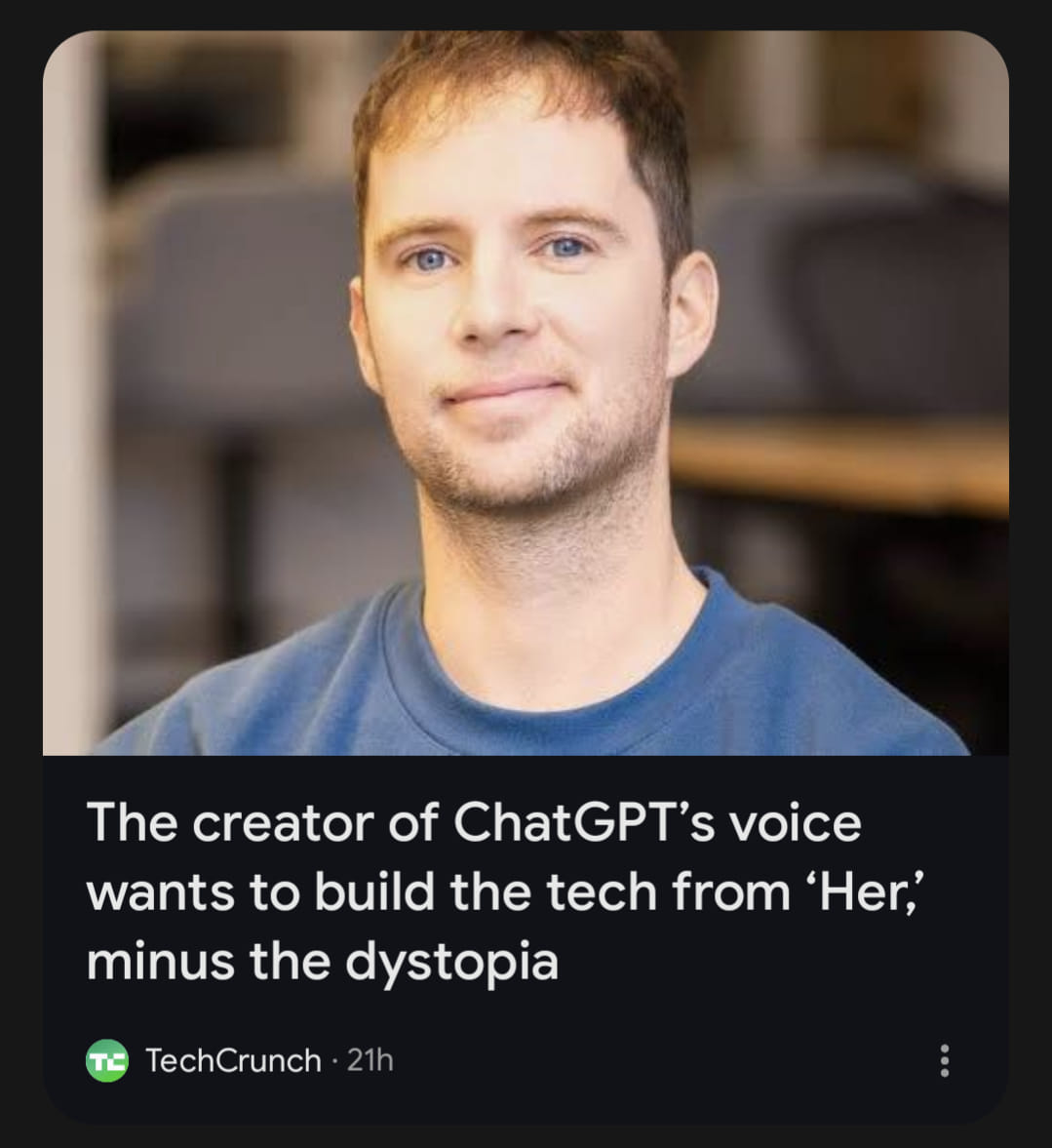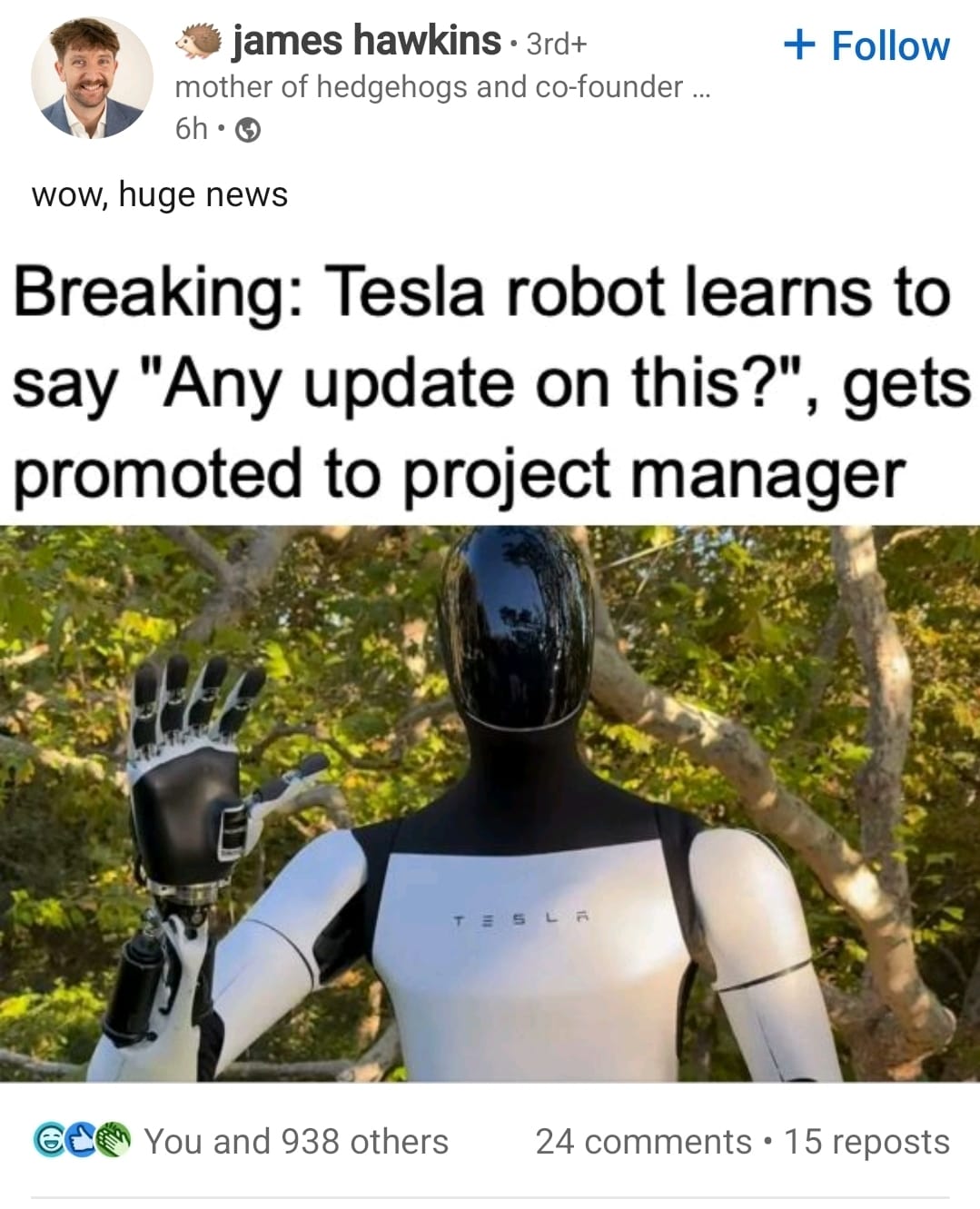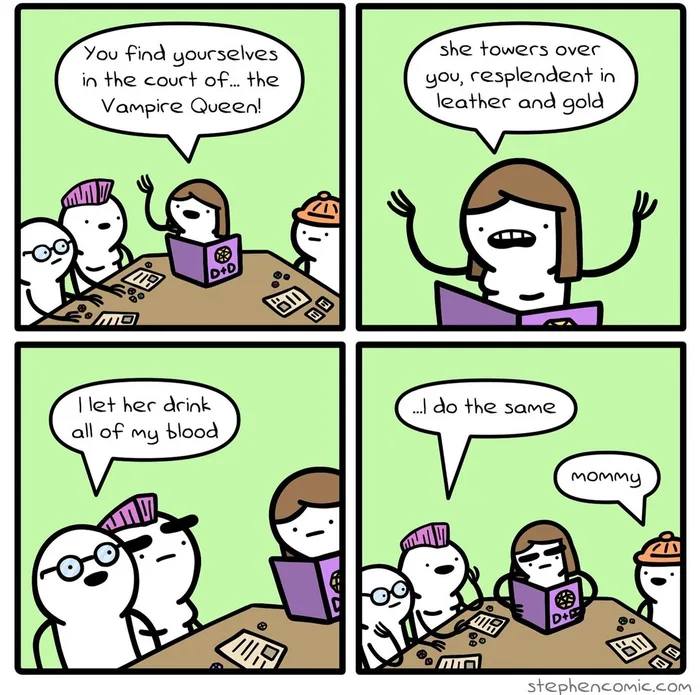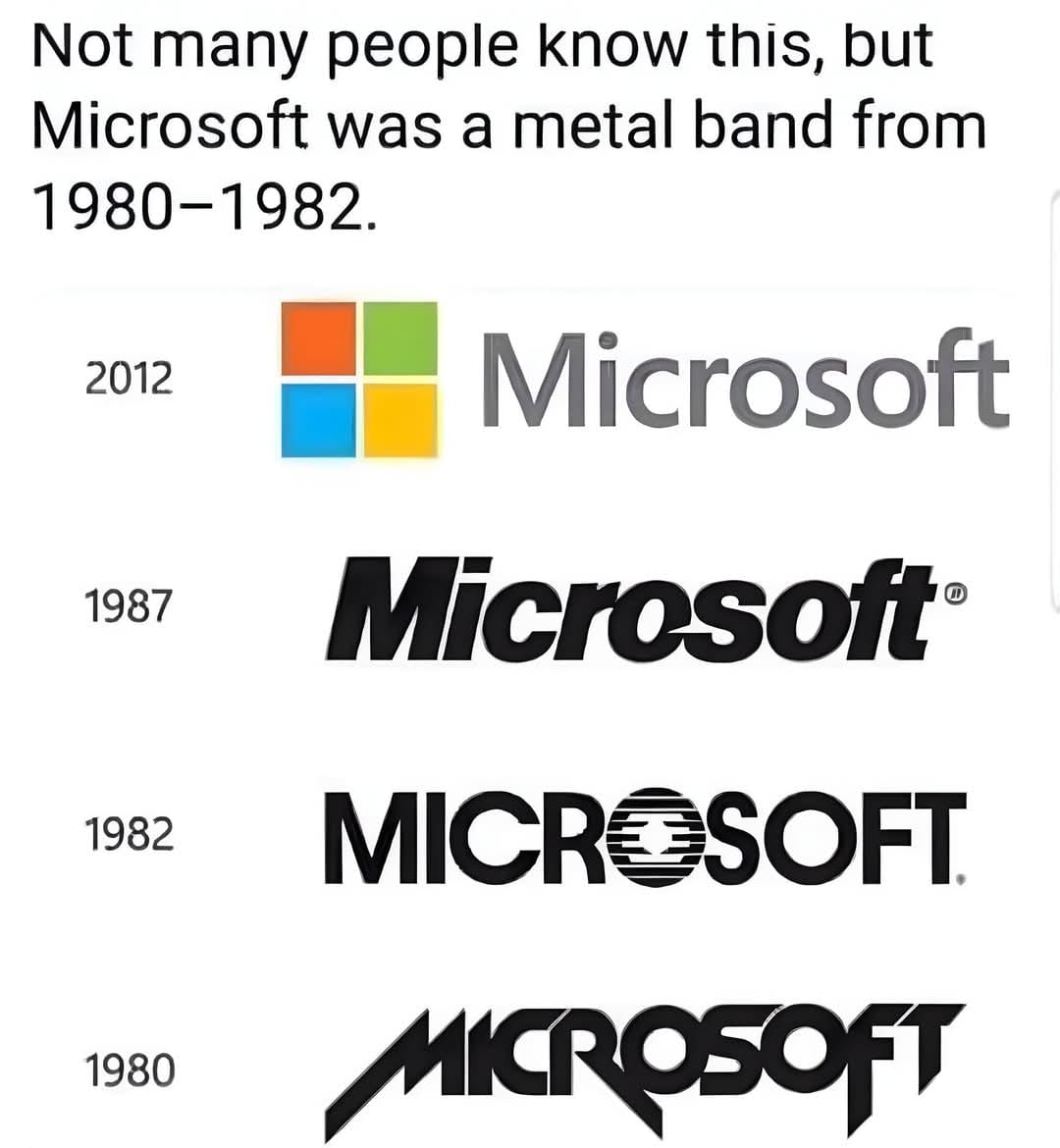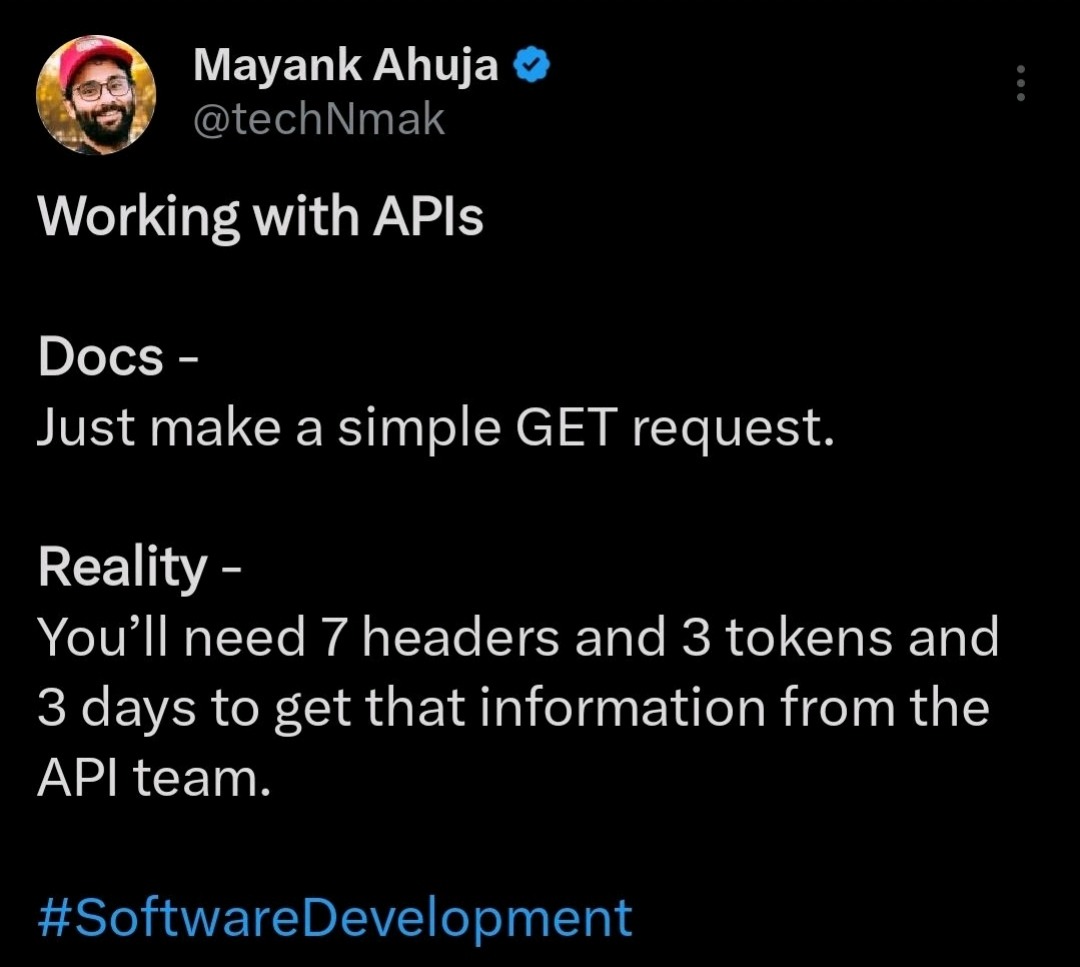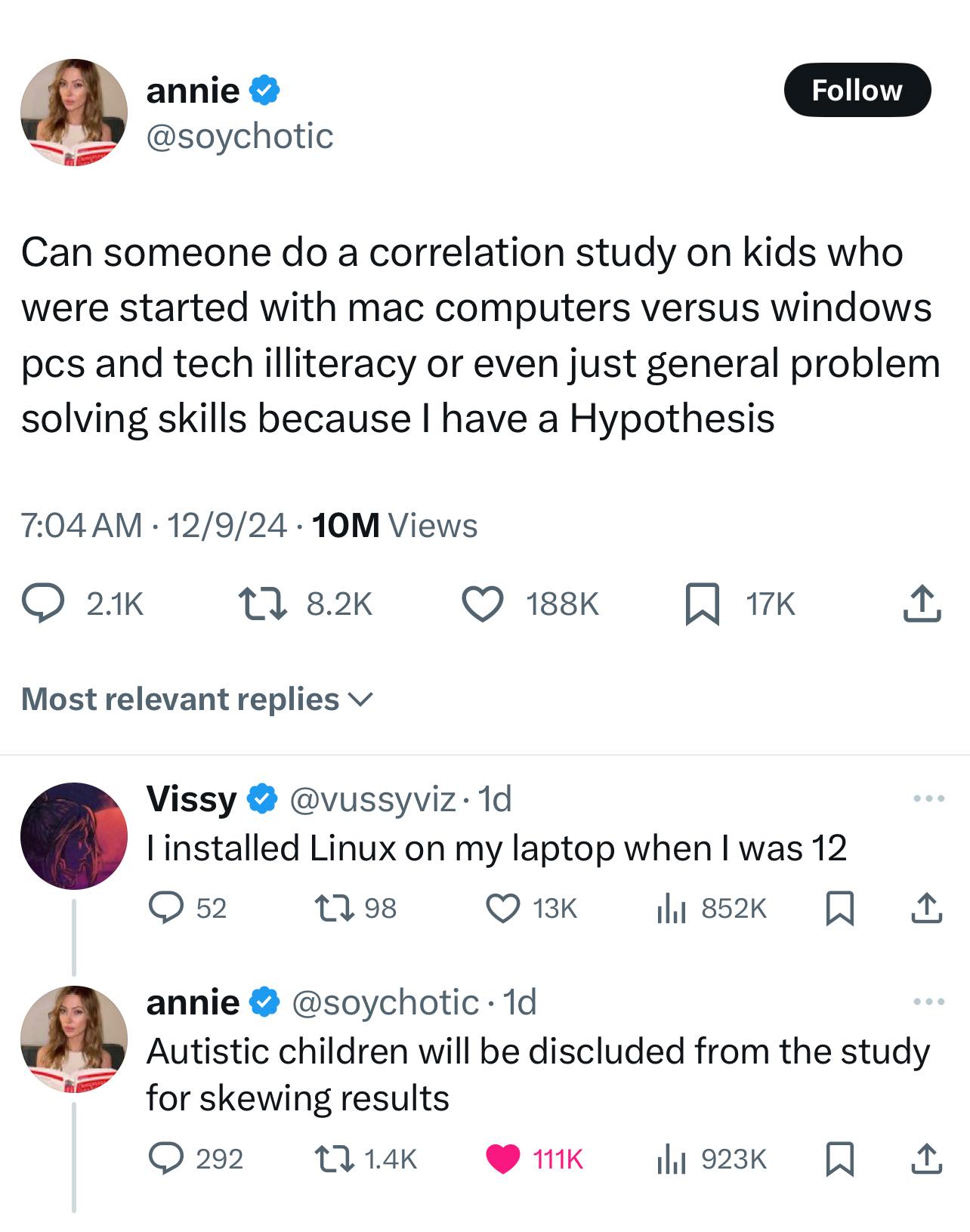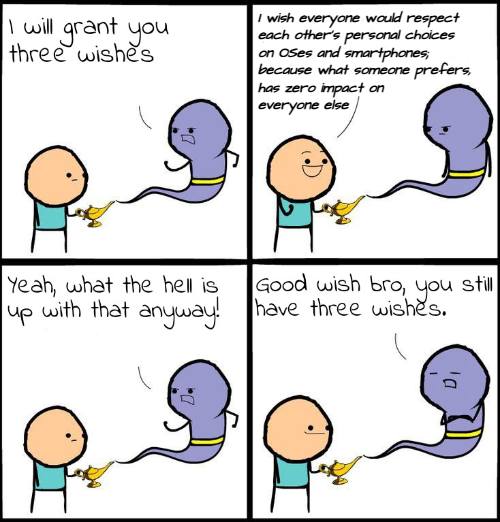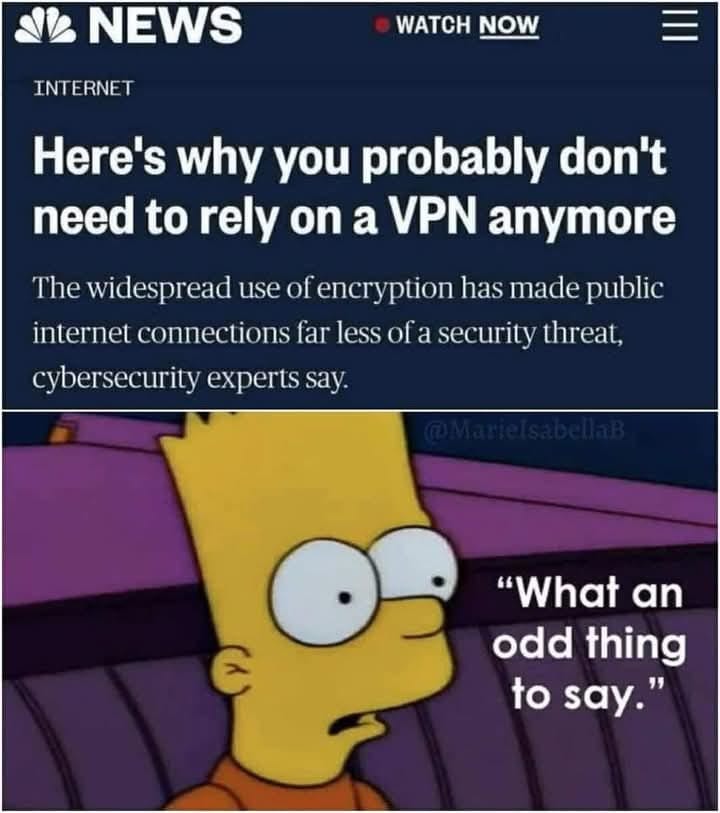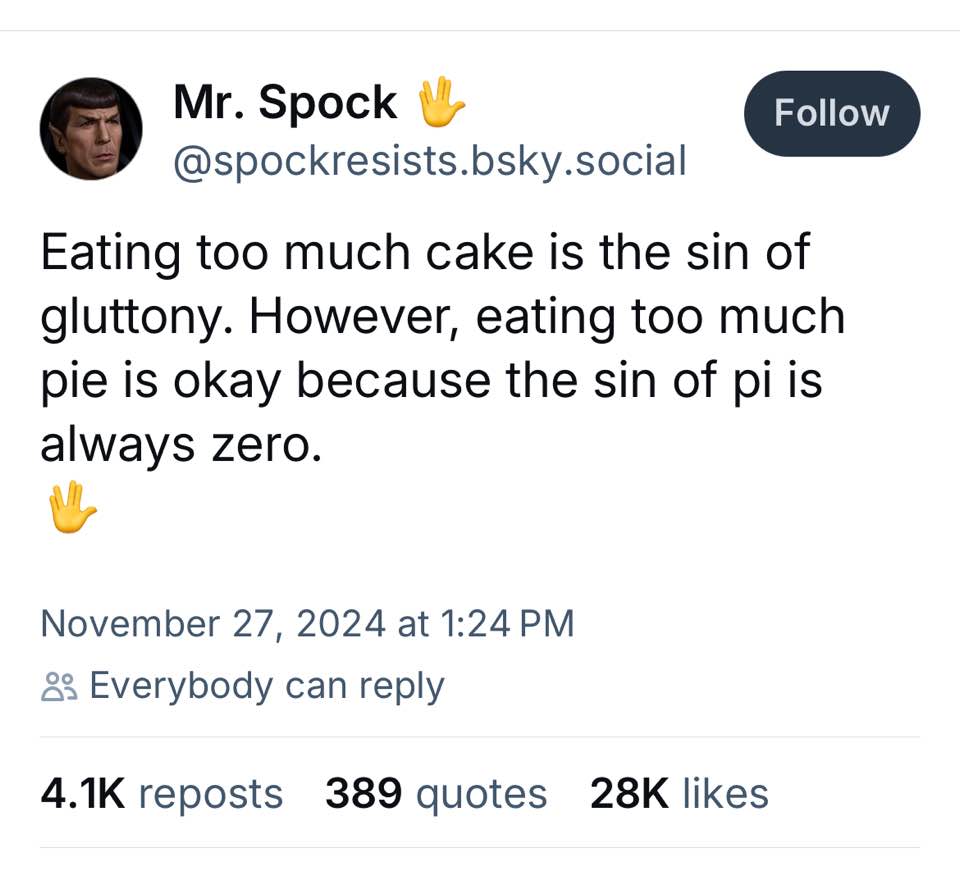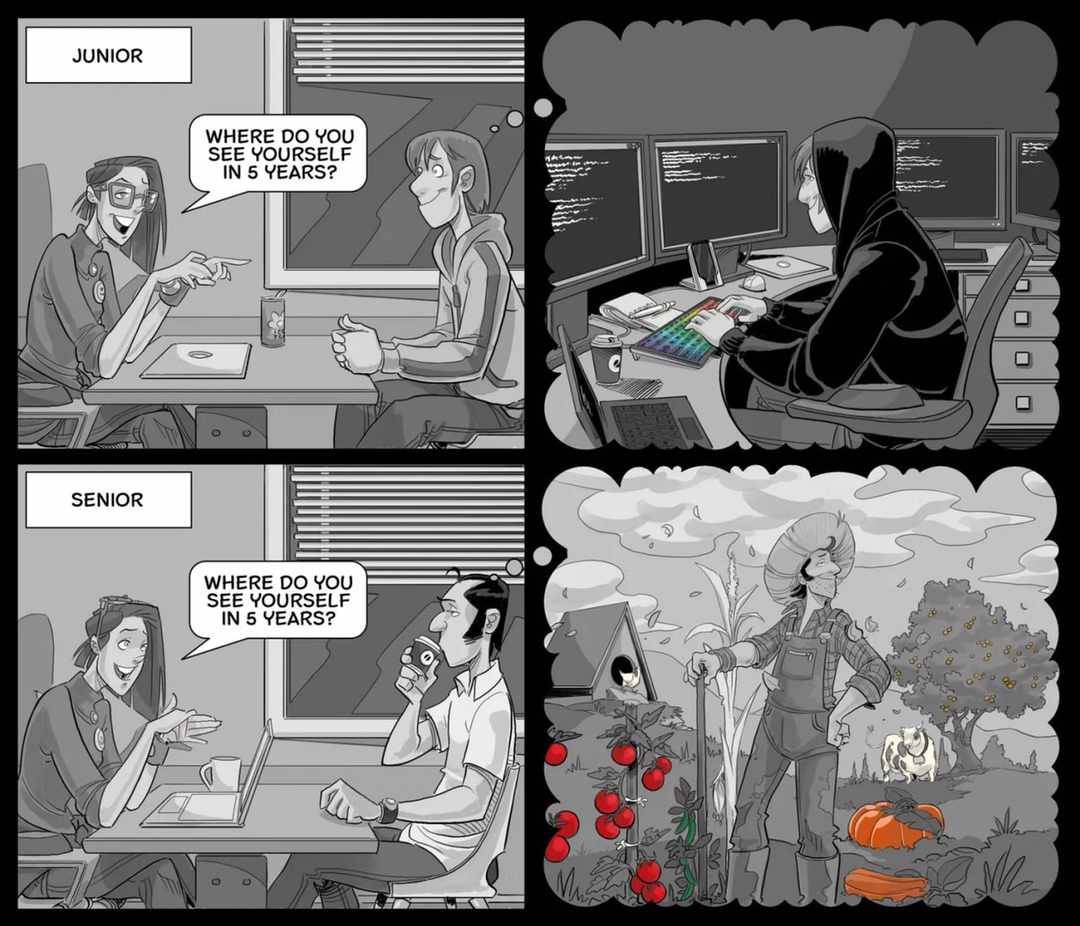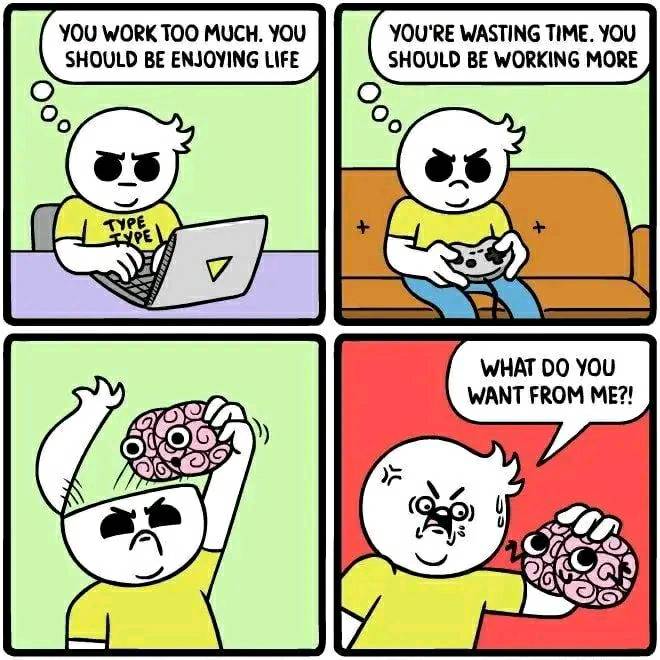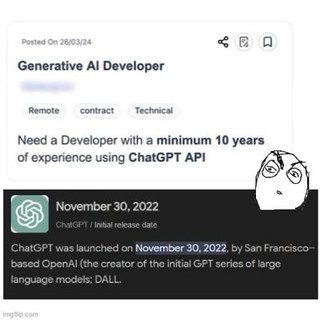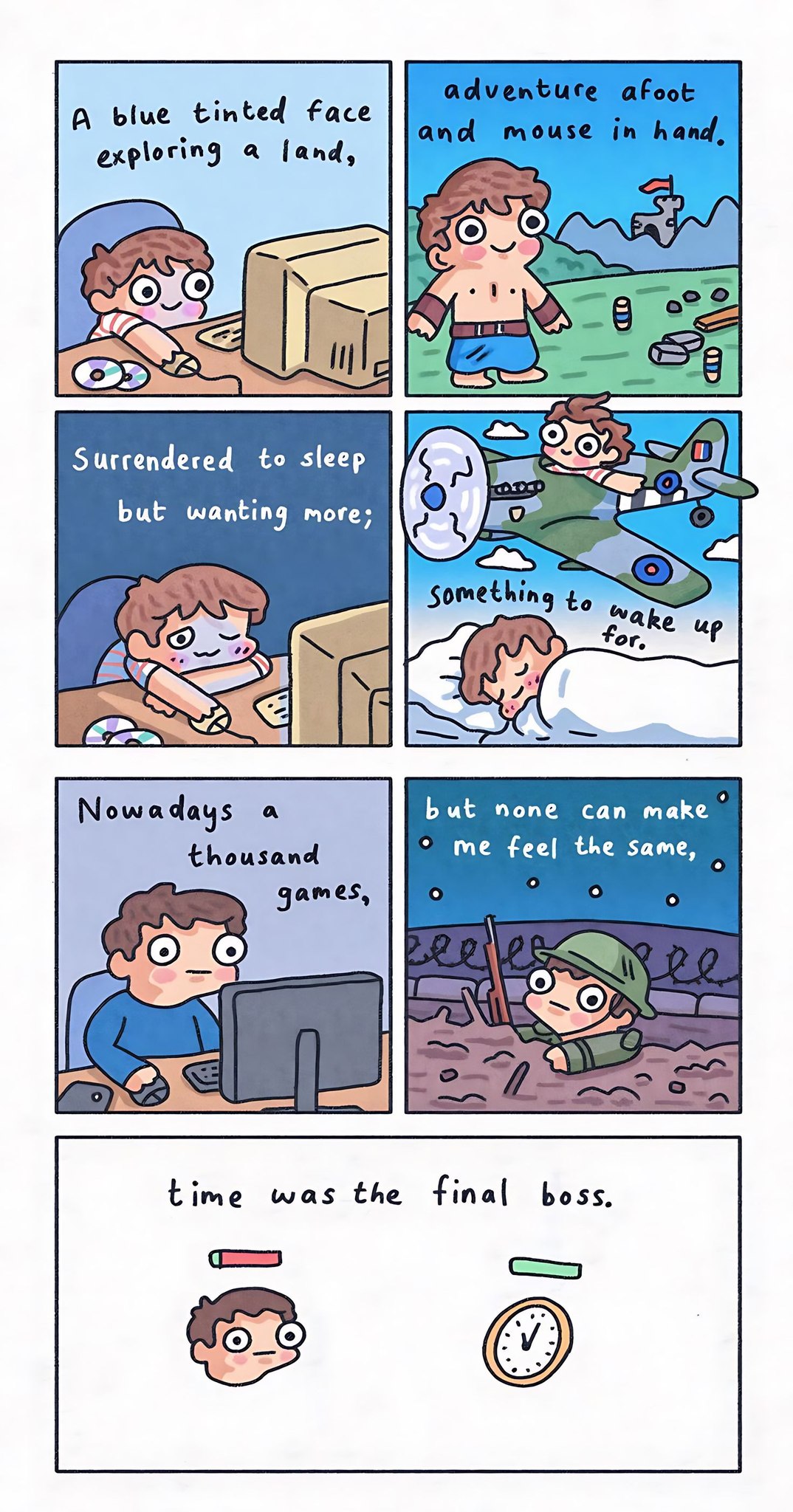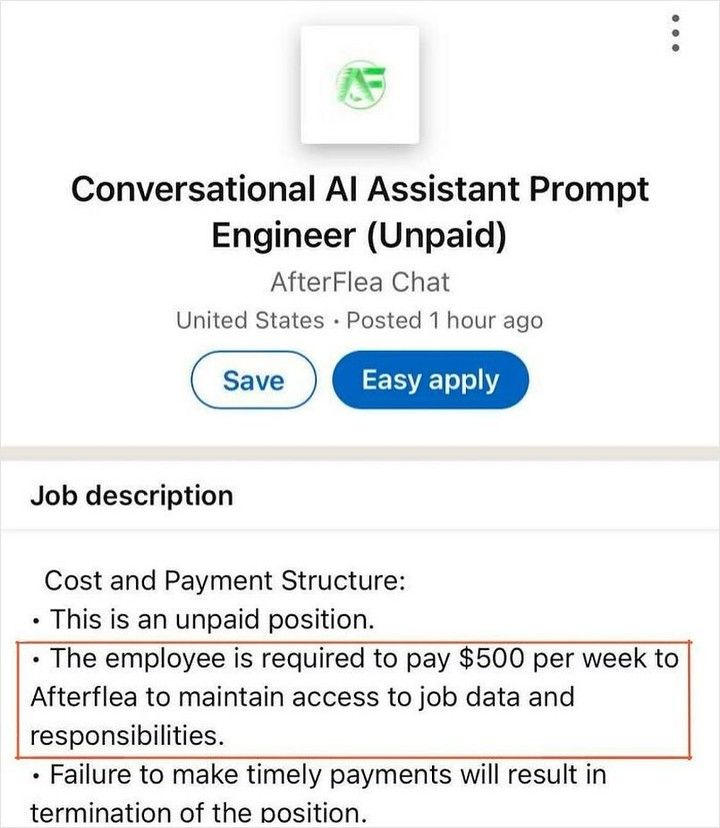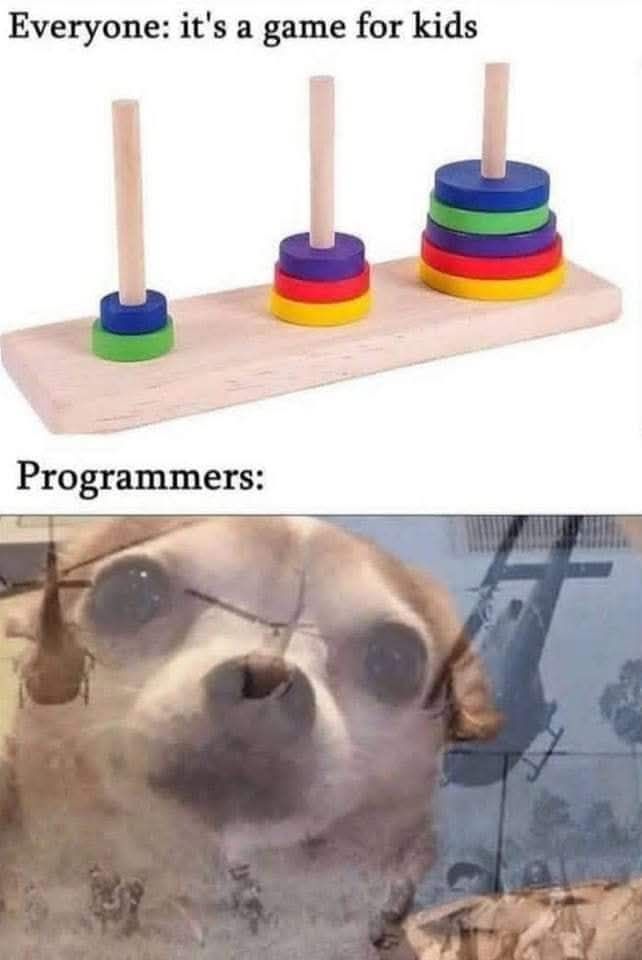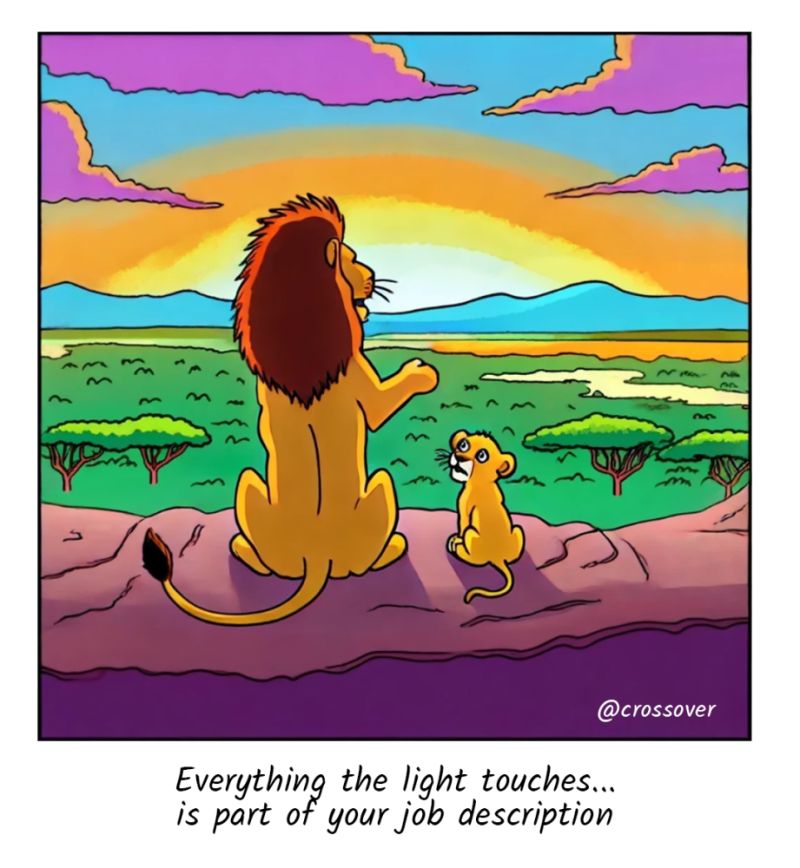Welcome to another Global Nerdy Saturday “picdump,” the weekly article where I post the technology- and work-related memes, pictures, and cartoons floating around the internet that I found interesting or relevant this week. Share and enjoy!
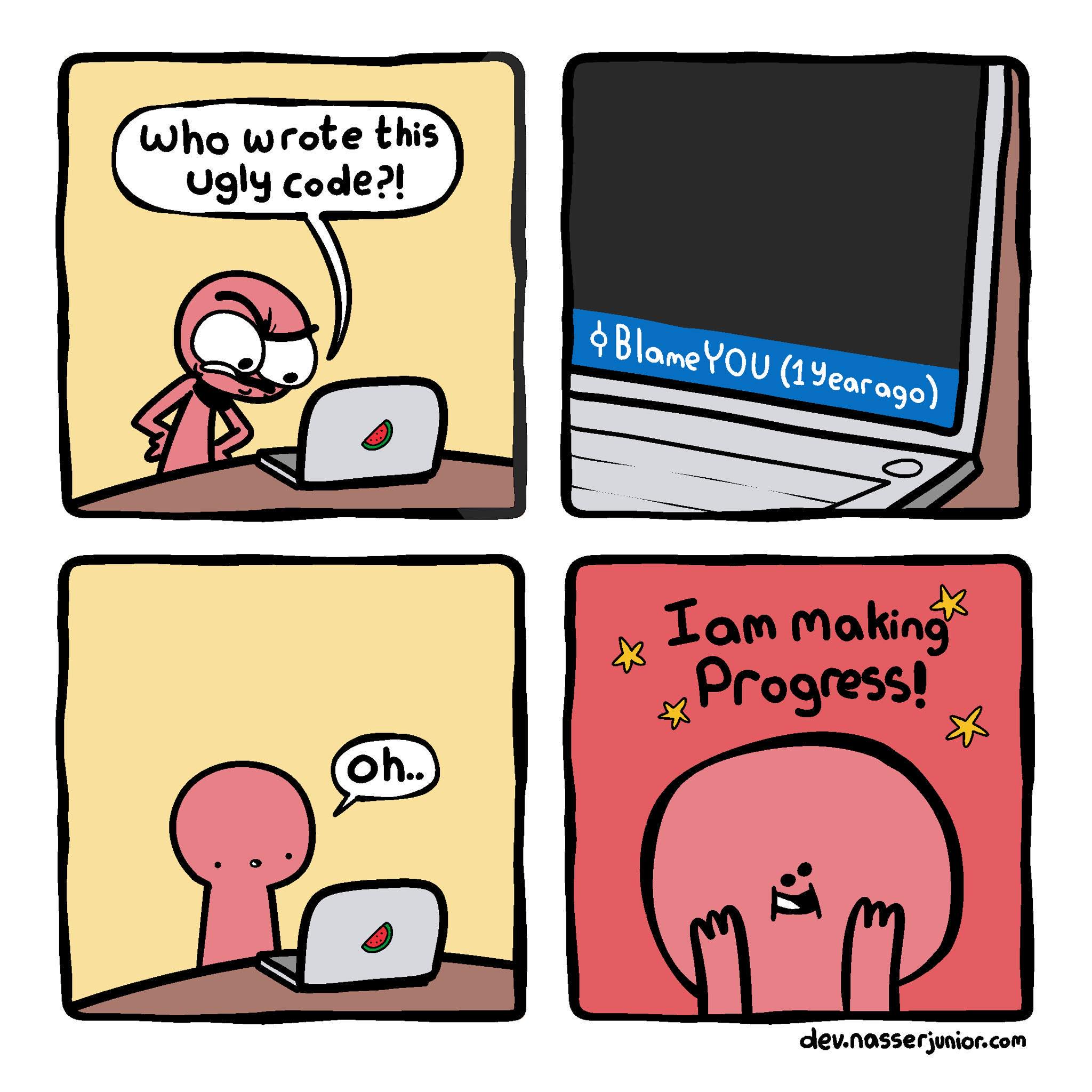
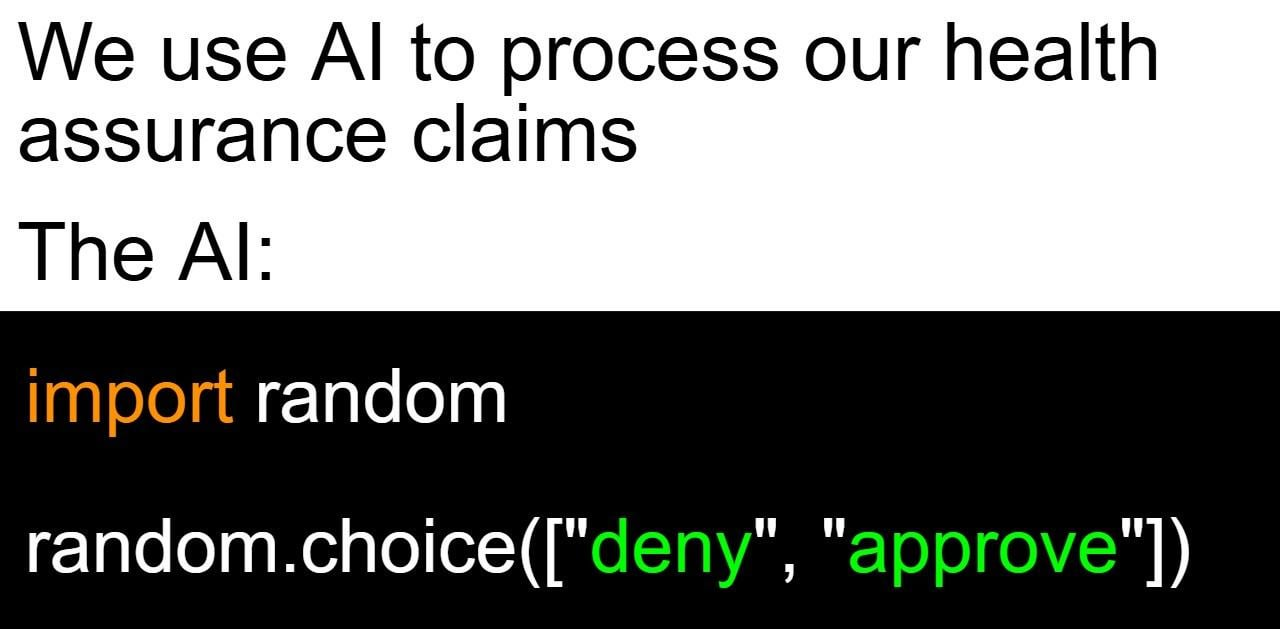
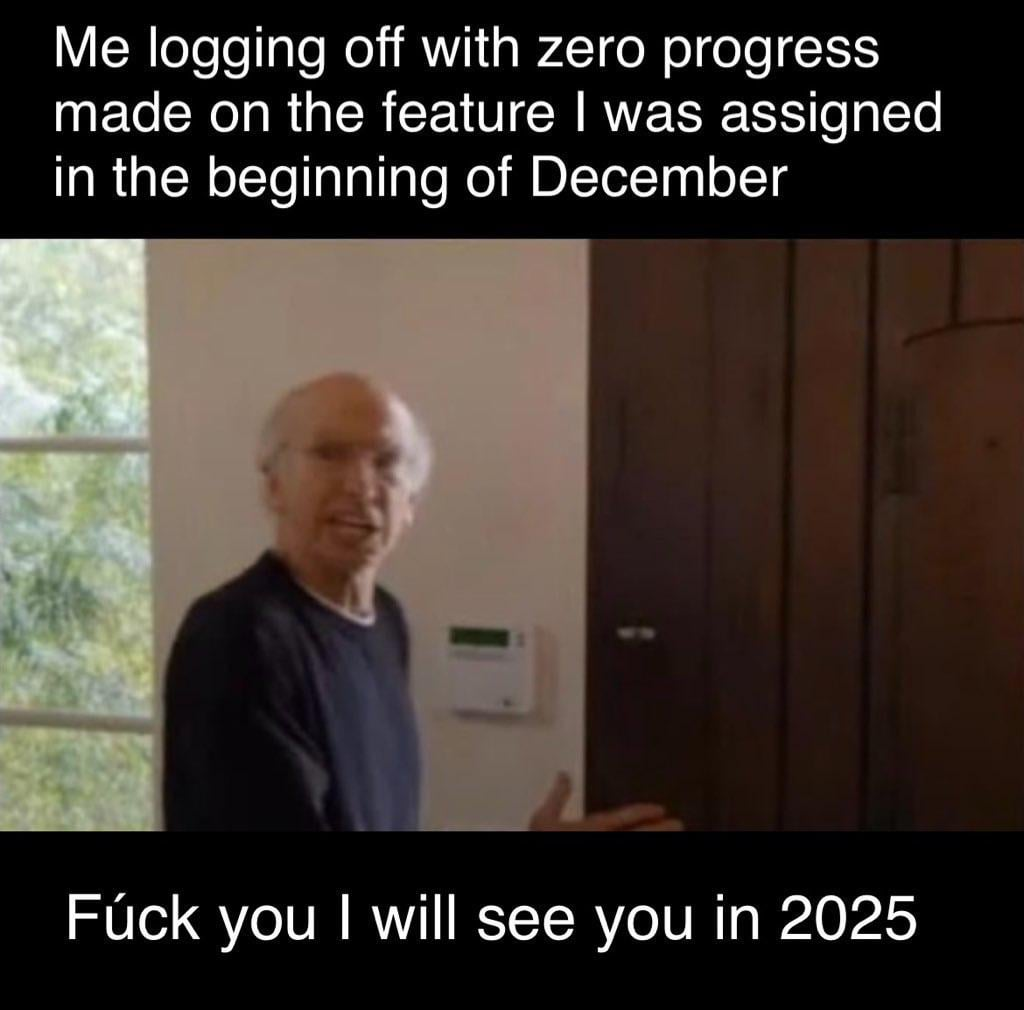
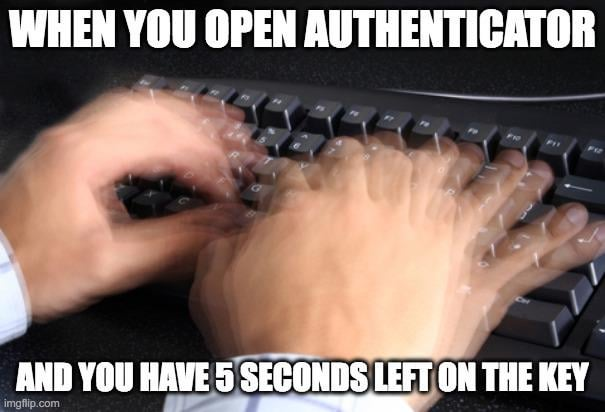
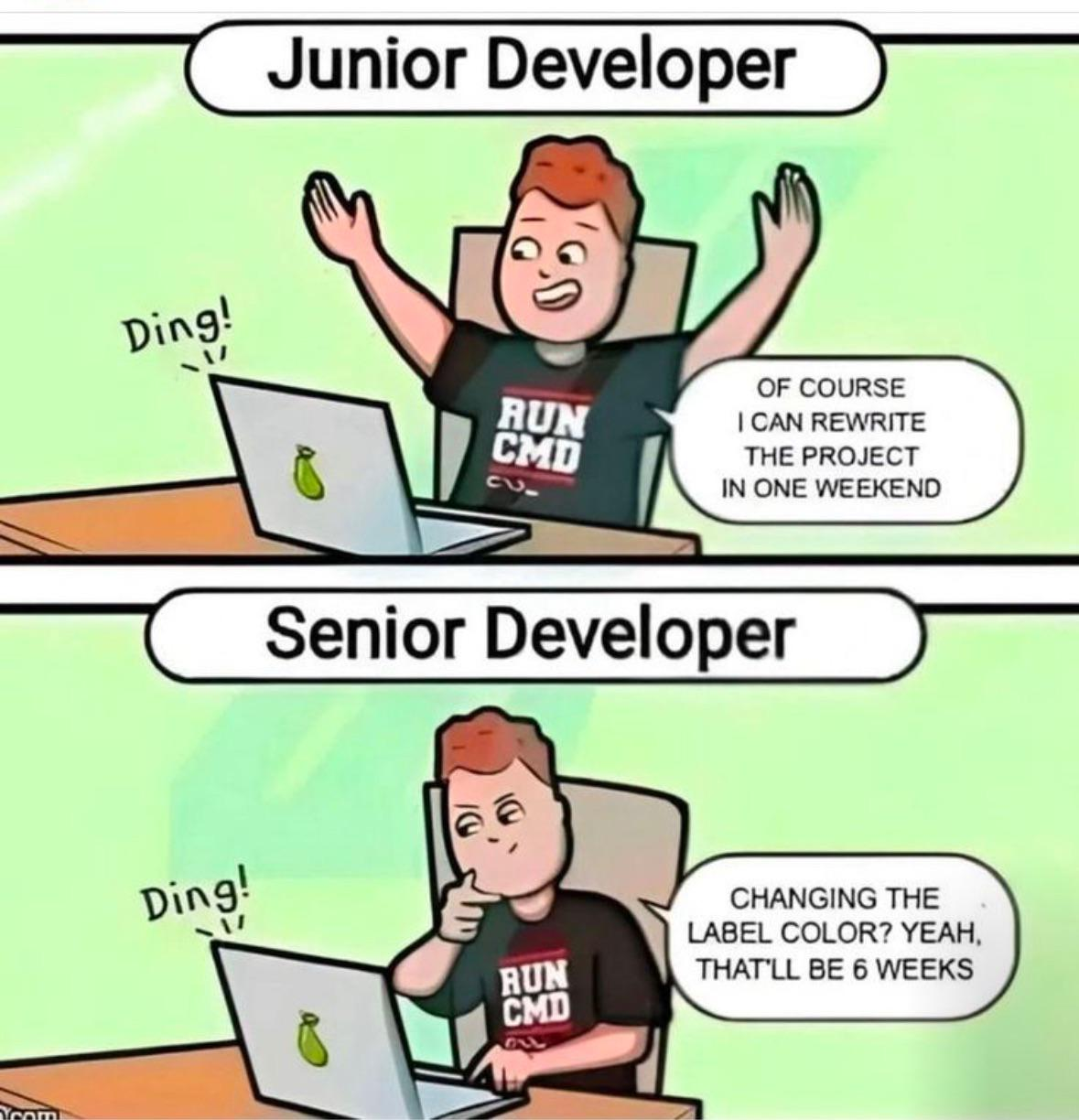
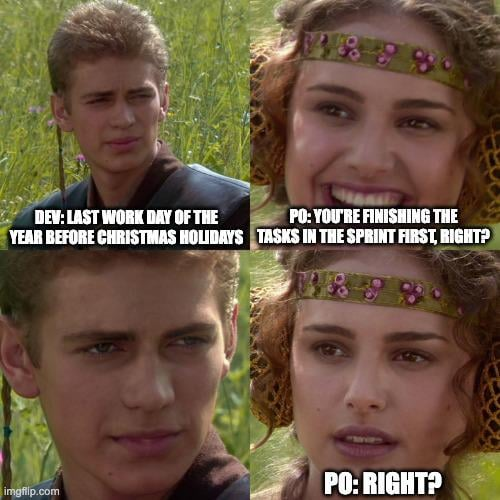
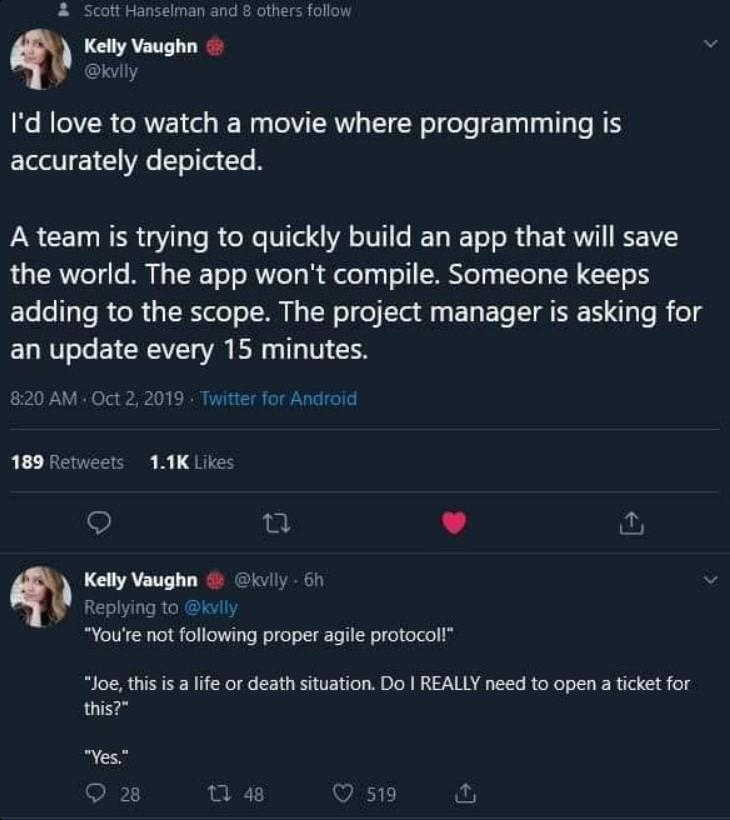
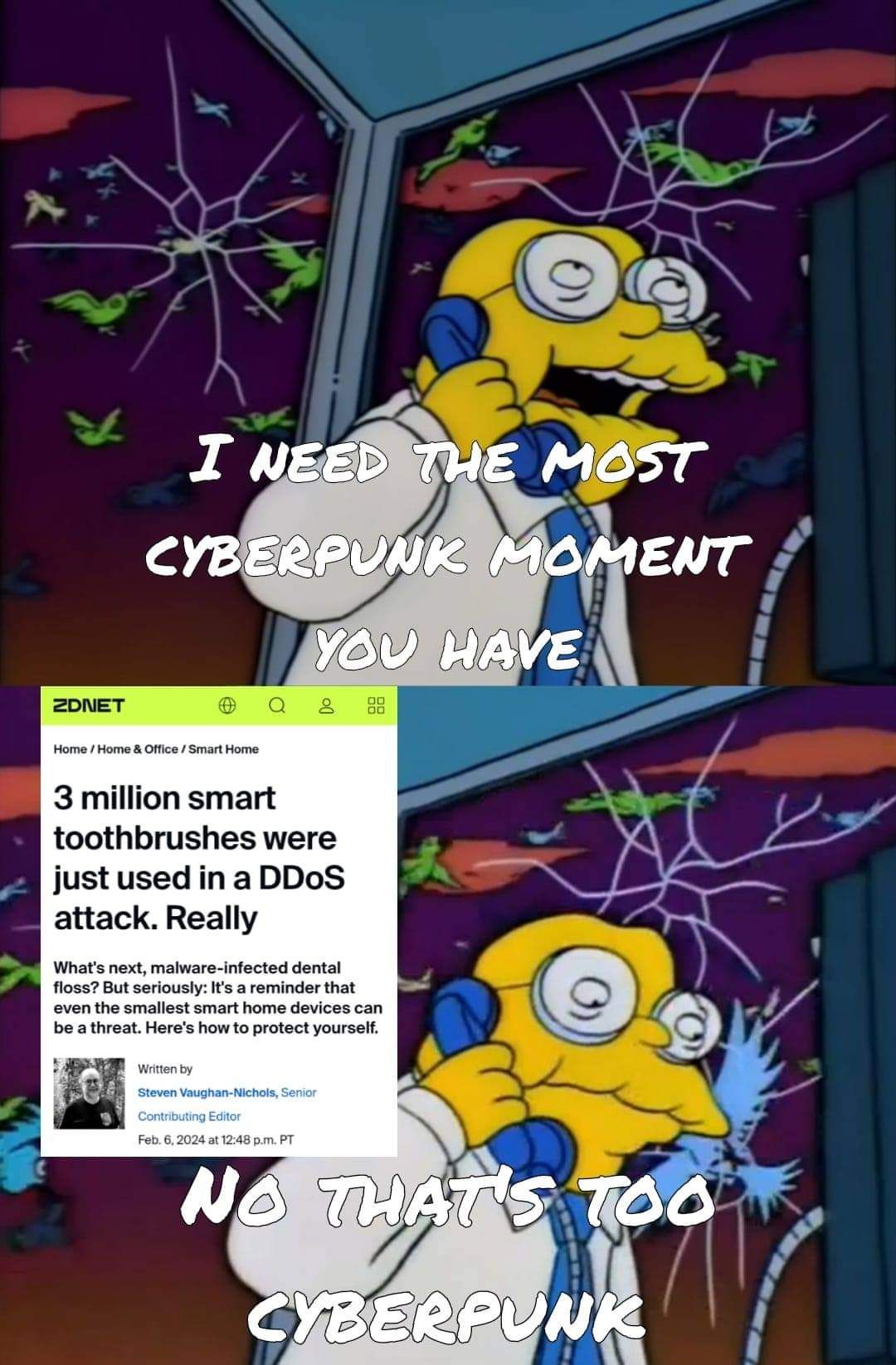
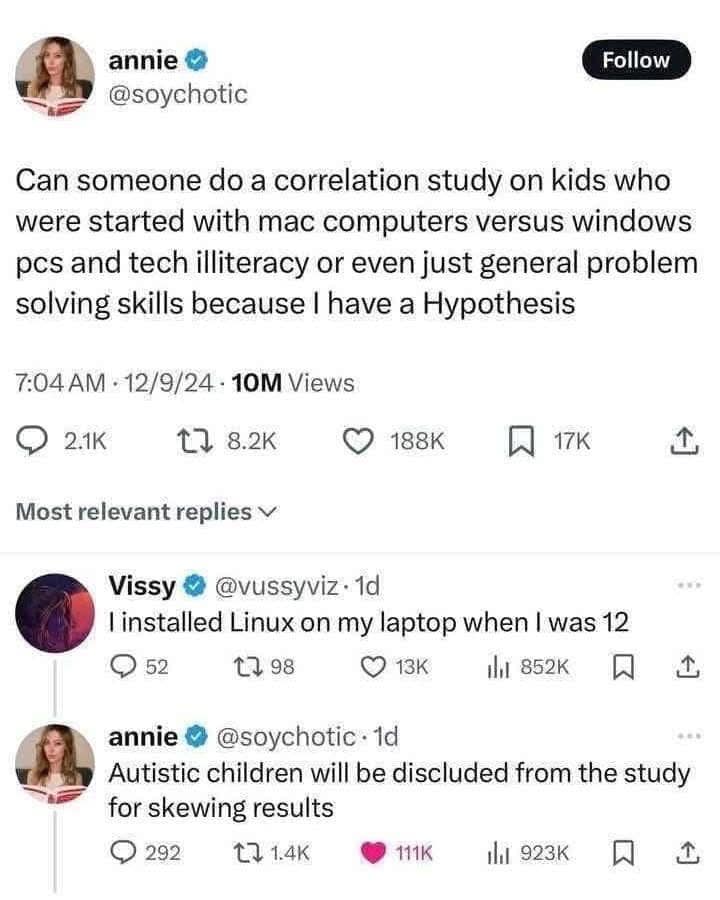
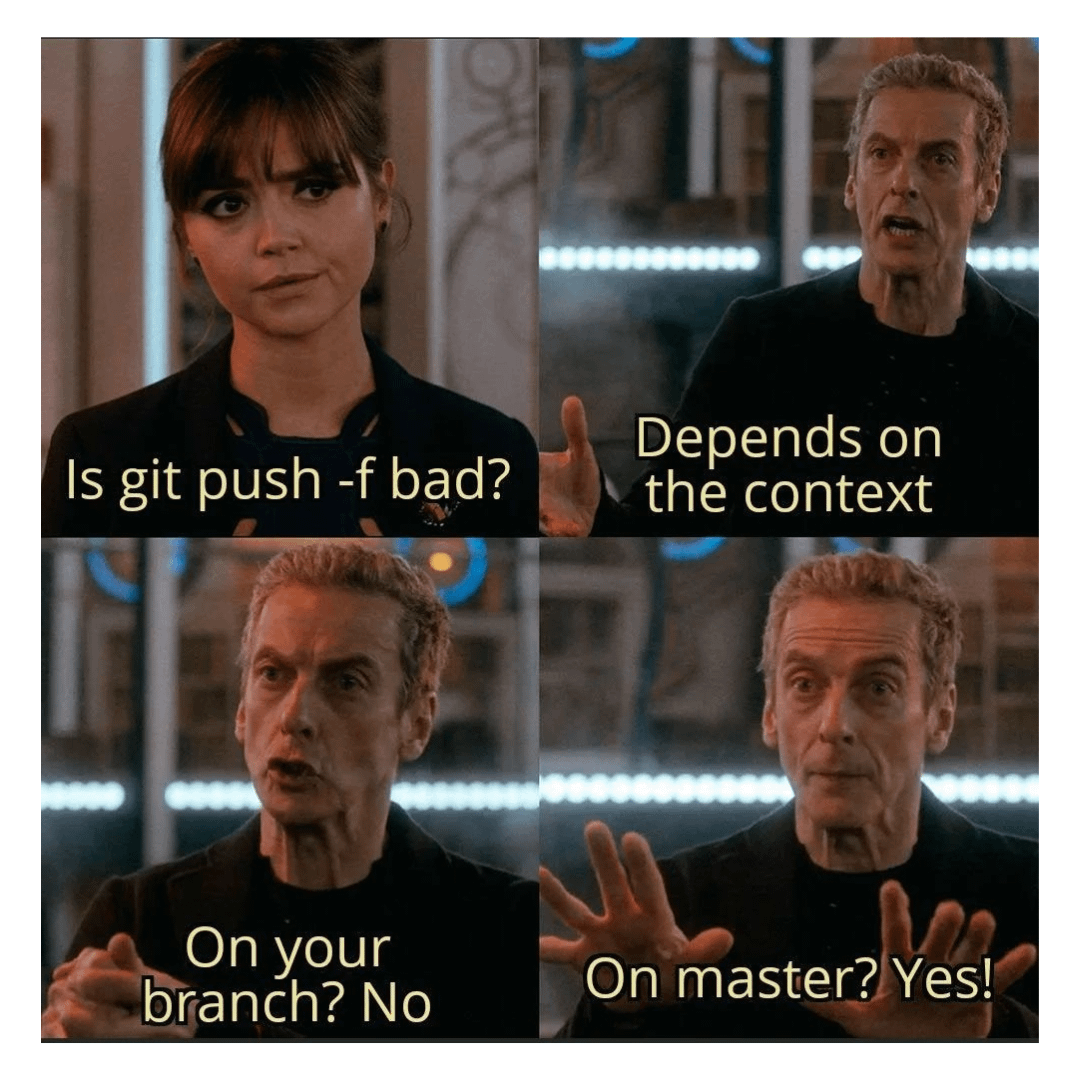
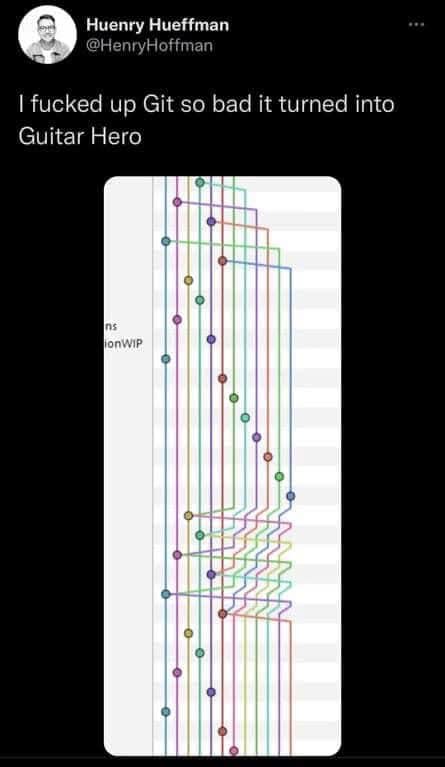
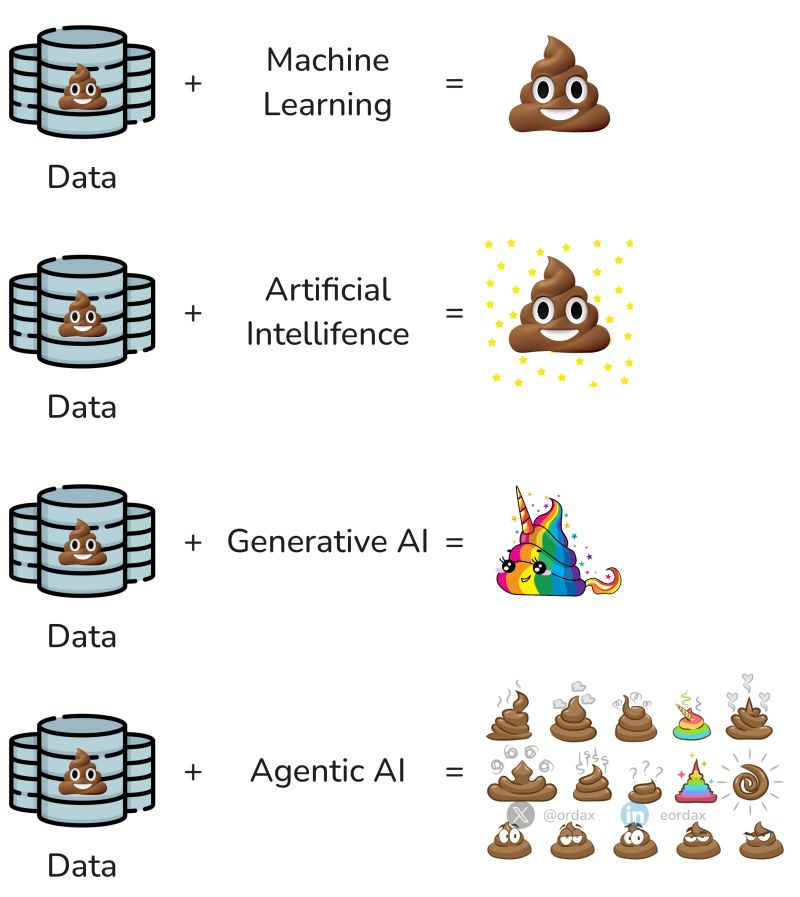
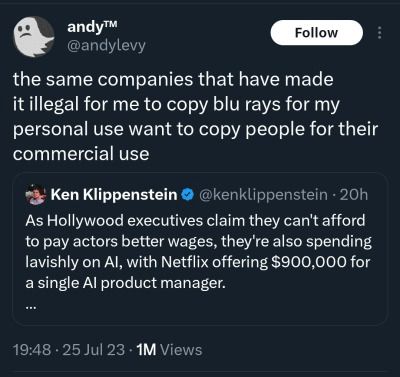
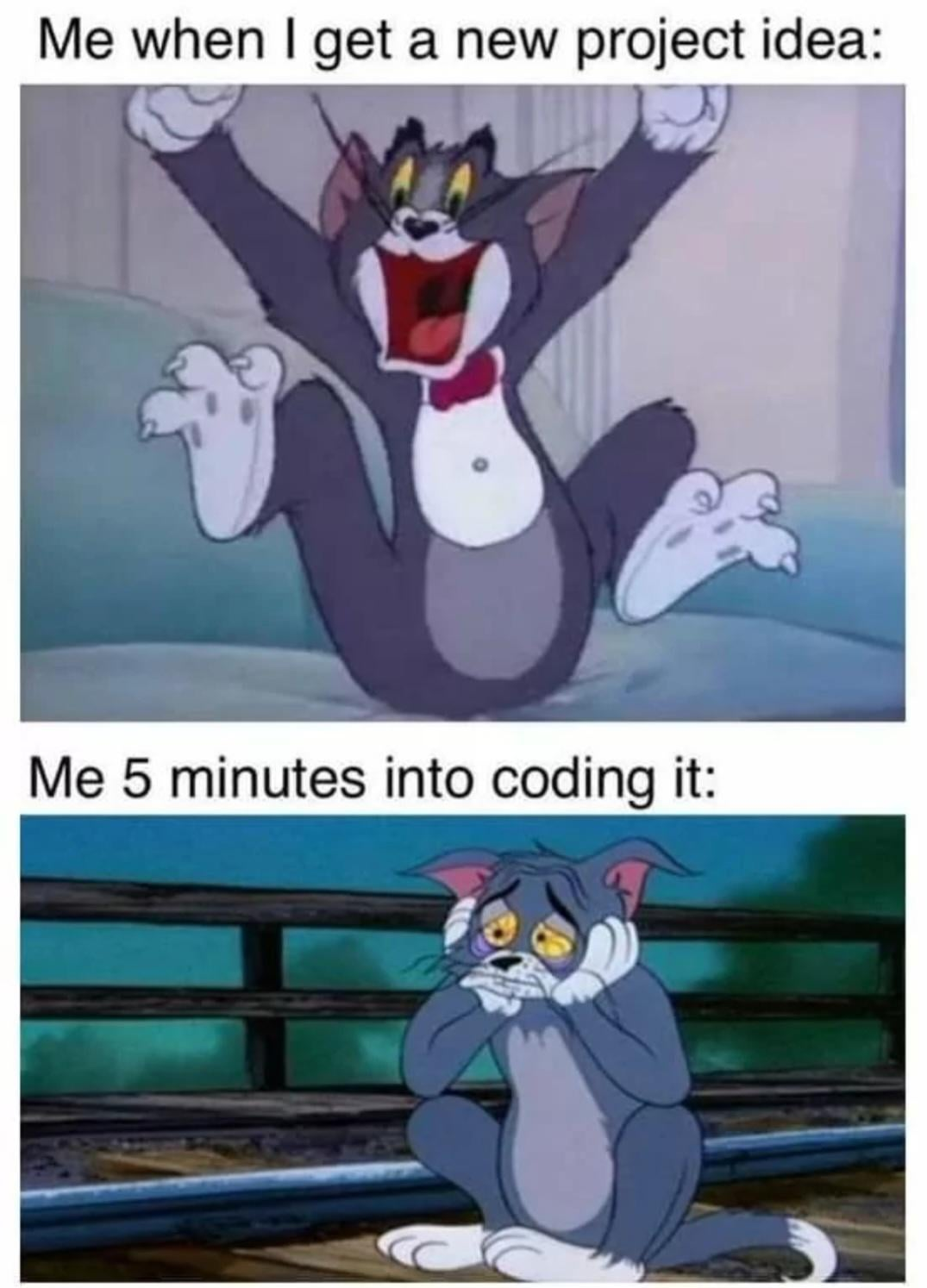

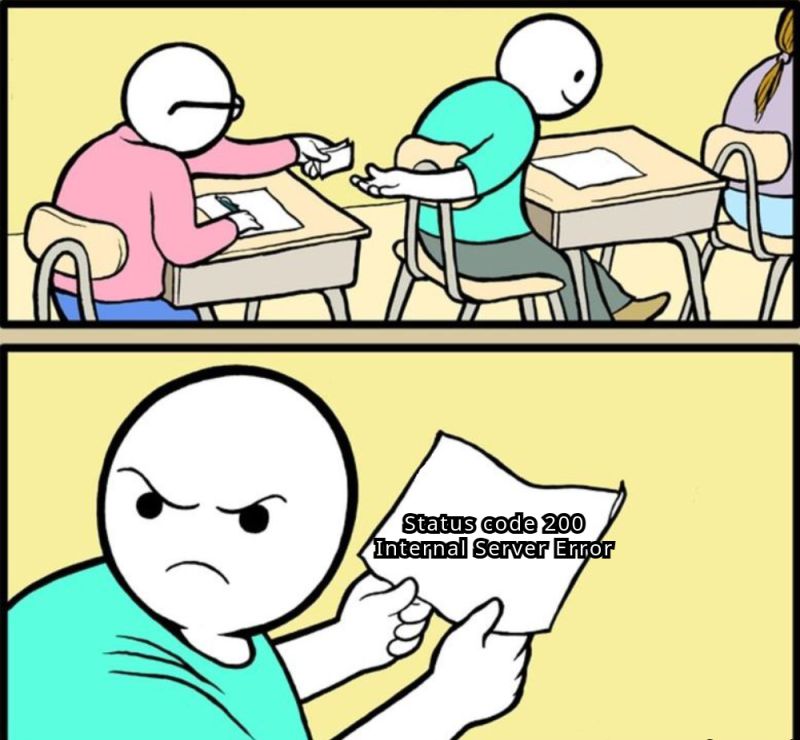
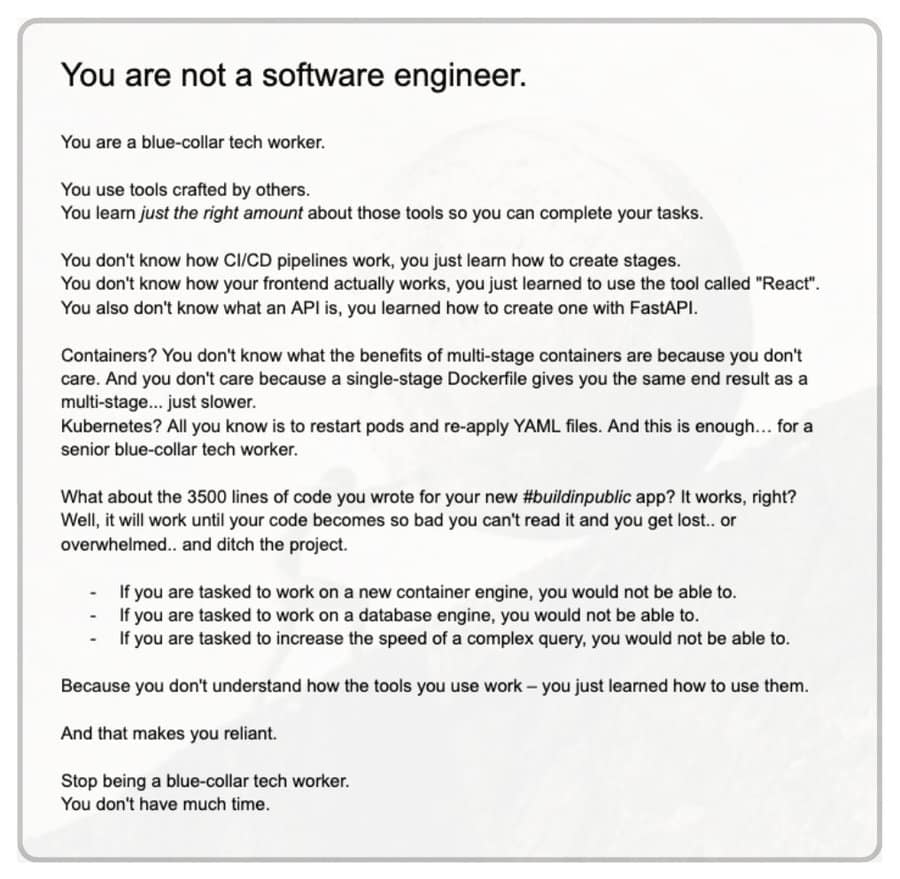
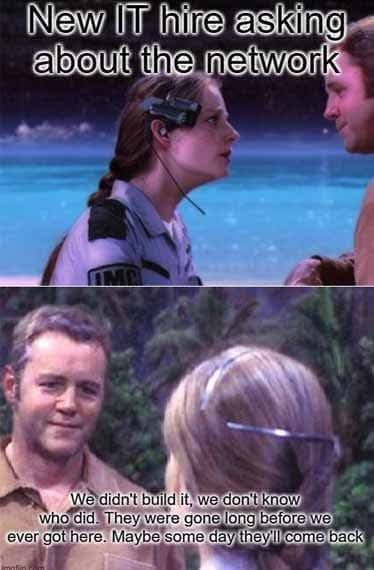
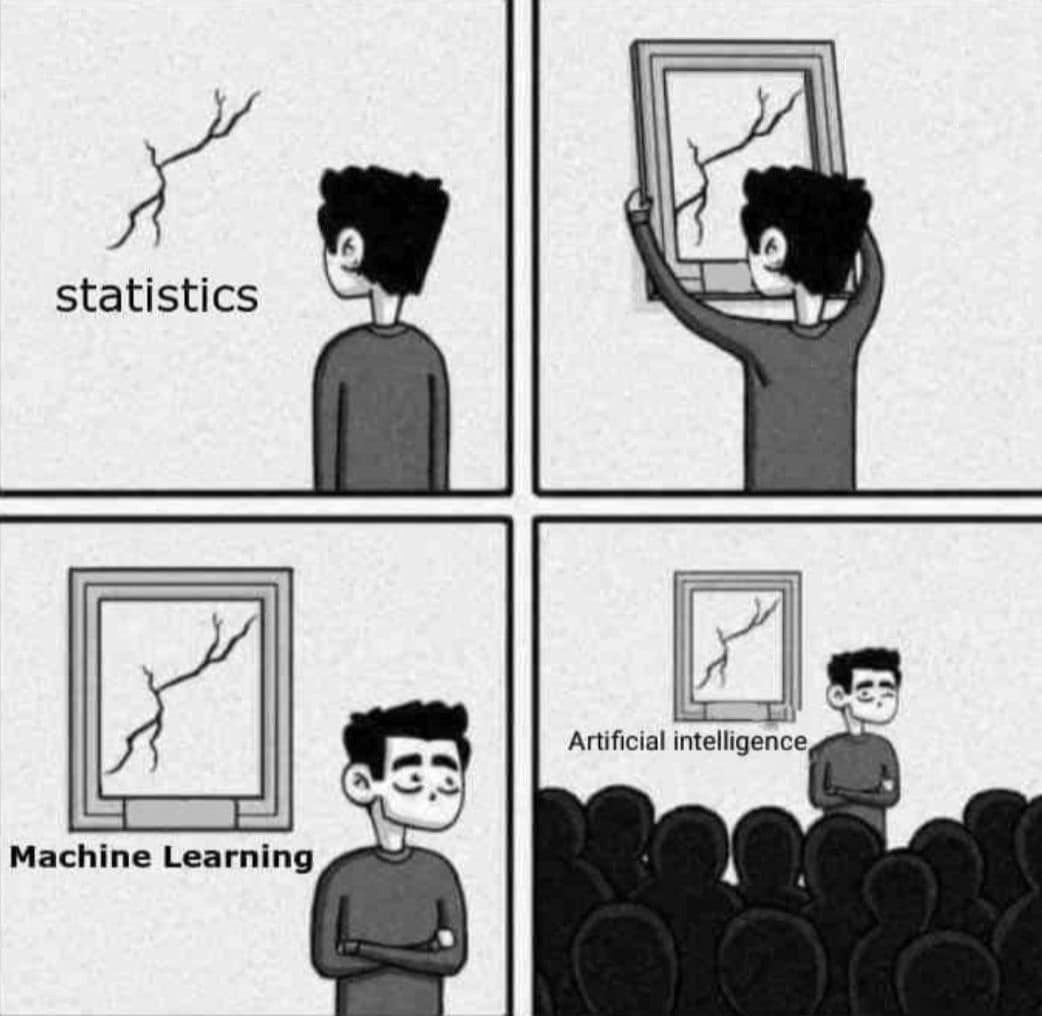

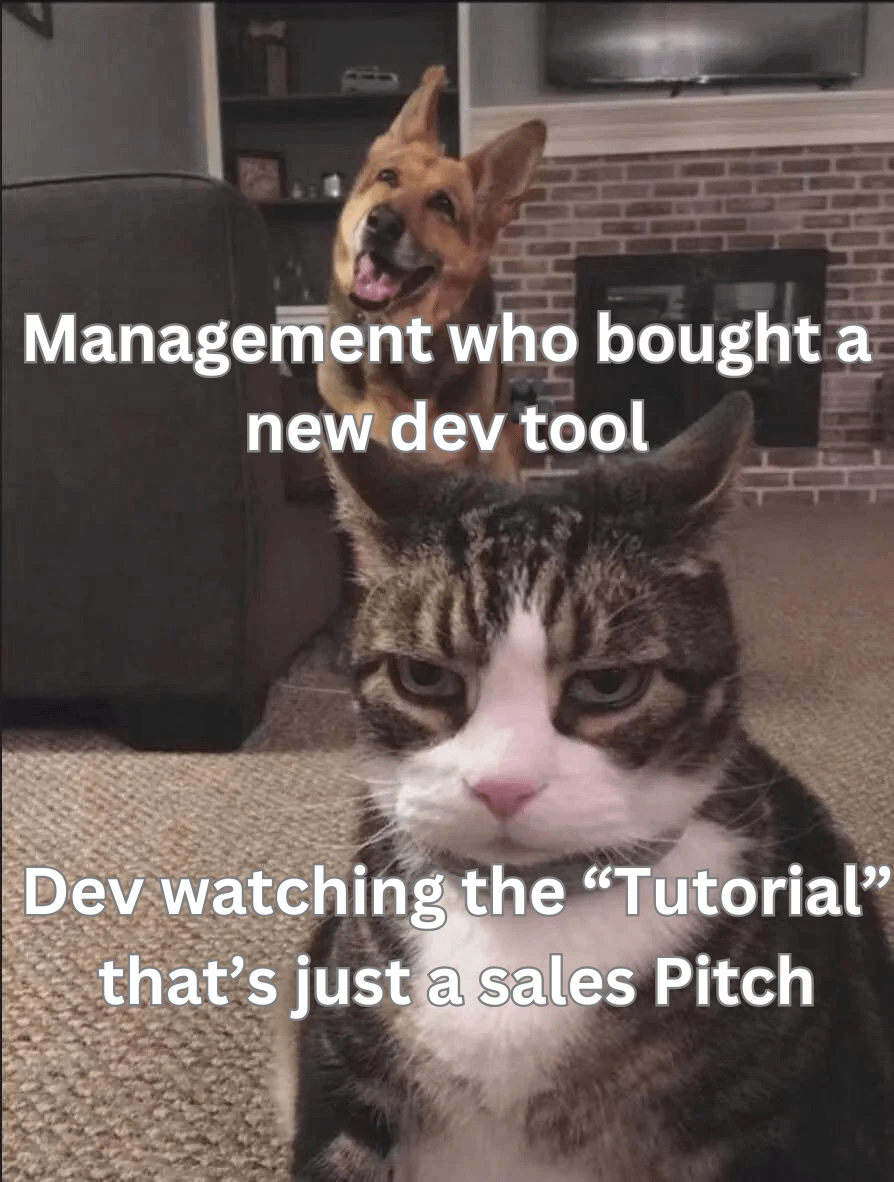
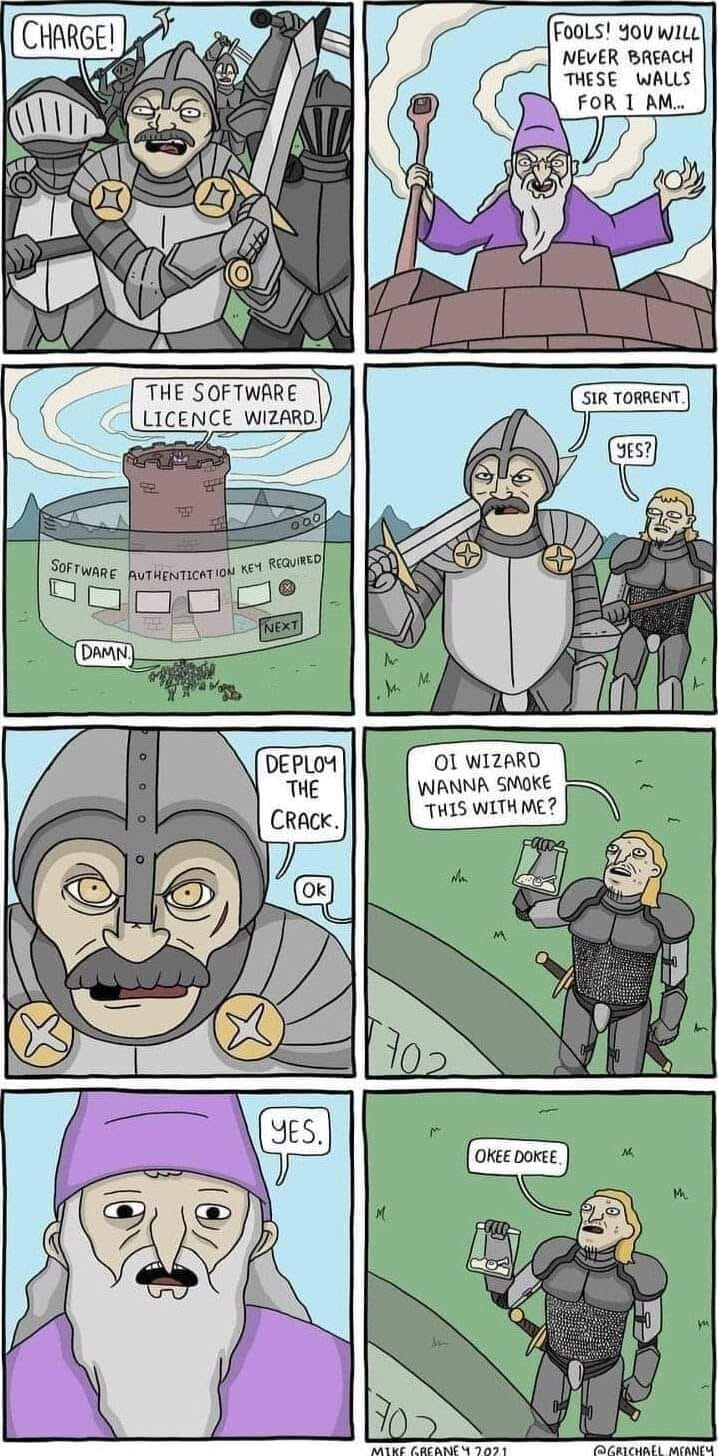

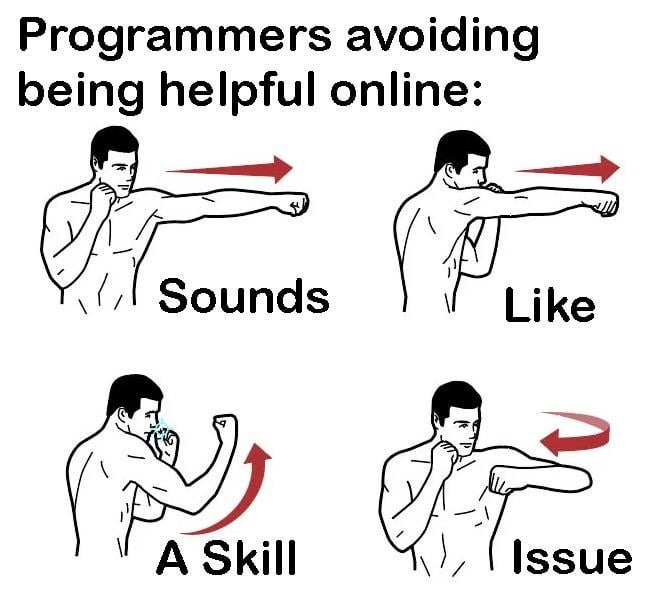
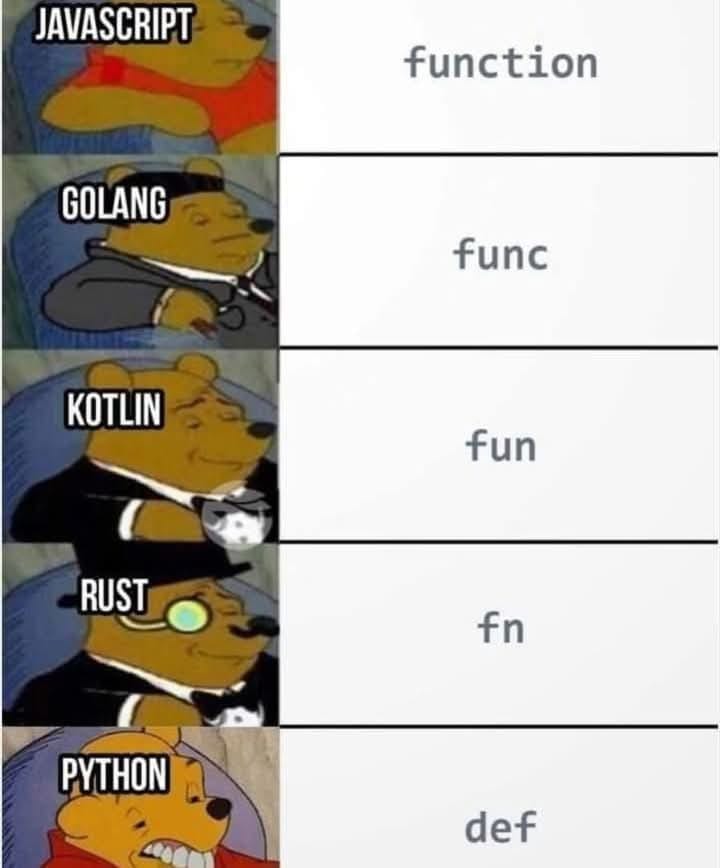
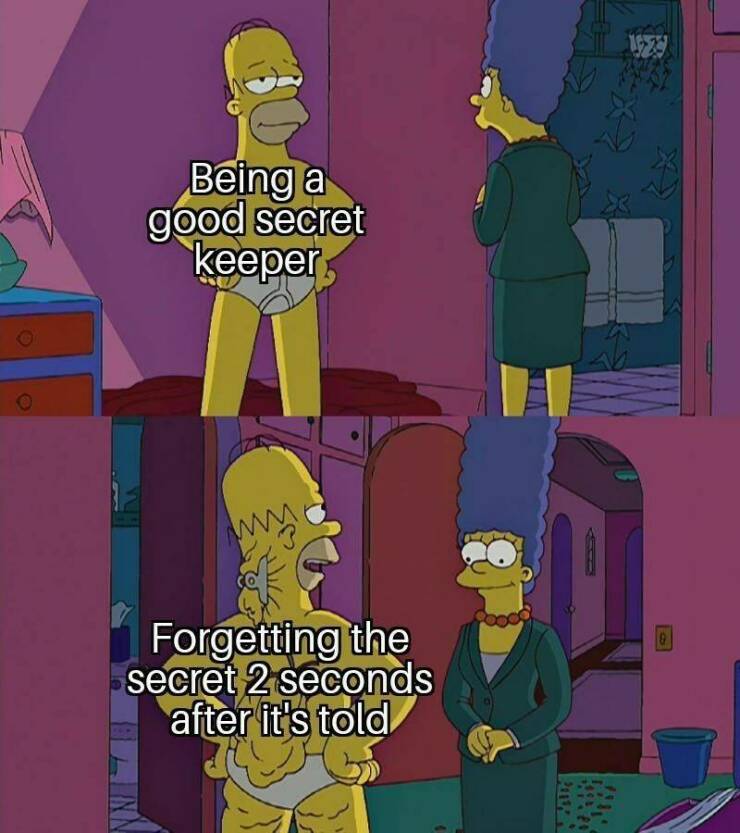
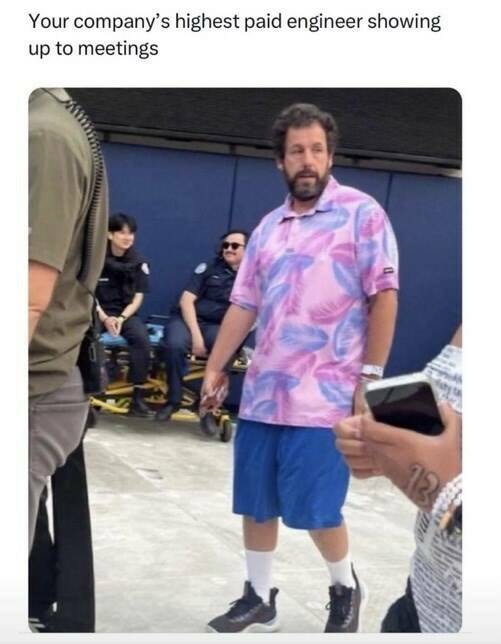


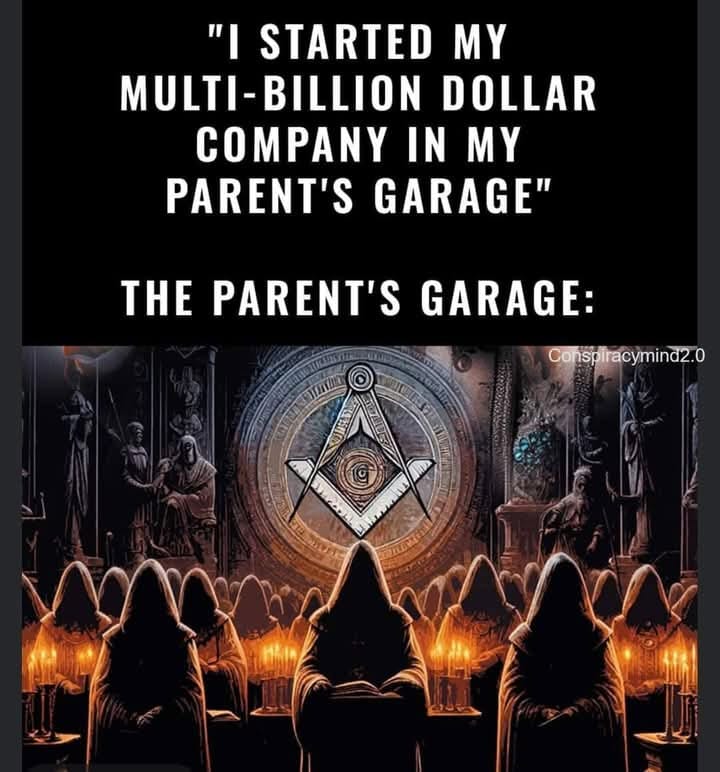

Welcome to another Global Nerdy Saturday “picdump,” the weekly article where I post the technology- and work-related memes, pictures, and cartoons floating around the internet that I found interesting or relevant this week. Share and enjoy!































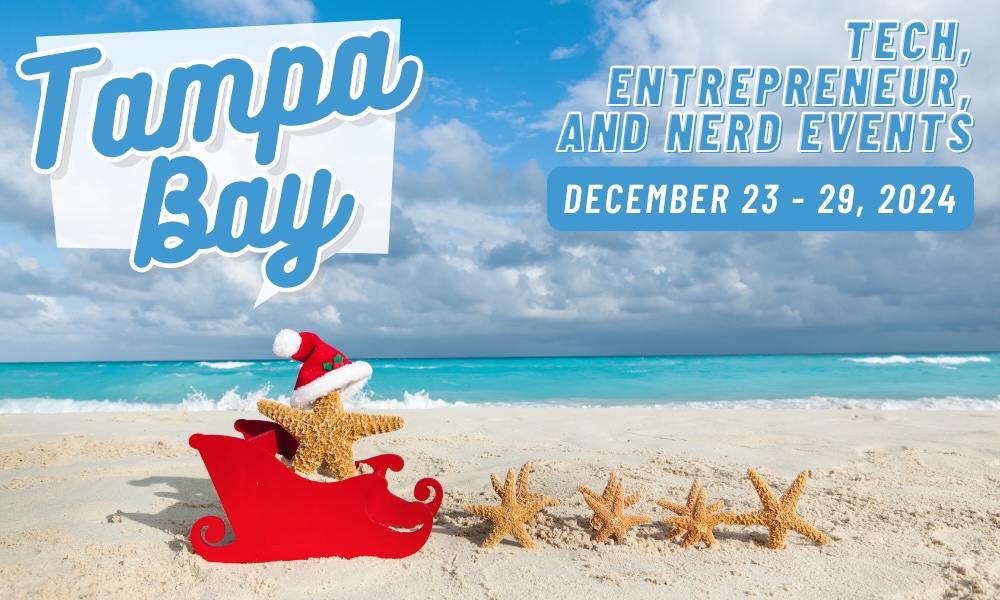
Here’s what’s happening in the thriving tech scene in Tampa Bay and surrounding areas for the week of Monday, December 23 through Sunday, December 29, 2024! This list includes both in-person and online events.
Note that each item in the list includes:
✅ When the event will take place
✅ What the event is
✅ Where the event will take place
✅ Who is holding the event
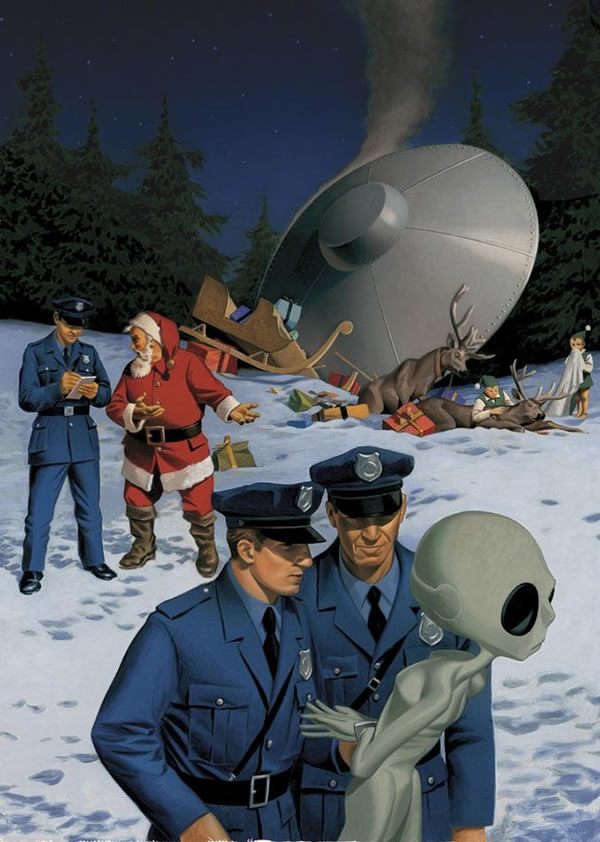
Keep in mind that when it comes to meetups and other extracurricular activities, this is one of the slowest weeks of the year.
Many organizers schedule their events on Meetup “on autopilot” (such as “the last Wednesday of the month) and may not have accounted for Christmas this week. Before you attend an event this week, check with the organizers to confirm that it’s actually happening, especially if it’s scheduled for Tuesday (Christmas Eve), Wednesday (Christmas), and Thursday!
How do I put this list together? It’s largely automated. I have a collection of Python scripts in a Jupyter Notebook that scrapes Meetup and Eventbrite for events in categories that I consider to be “tech,” “entrepreneur,” and “nerd.” The result is a checklist that I review. I make judgment calls and uncheck any items that I don’t think fit on this list.
In addition to events that my scripts find, I also manually add events when their organizers contact me with their details.
What goes into this list? I prefer to cast a wide net, so the list includes events that would be of interest to techies, nerds, and entrepreneurs. It includes (but isn’t limited to) events that fall under any of these categories:
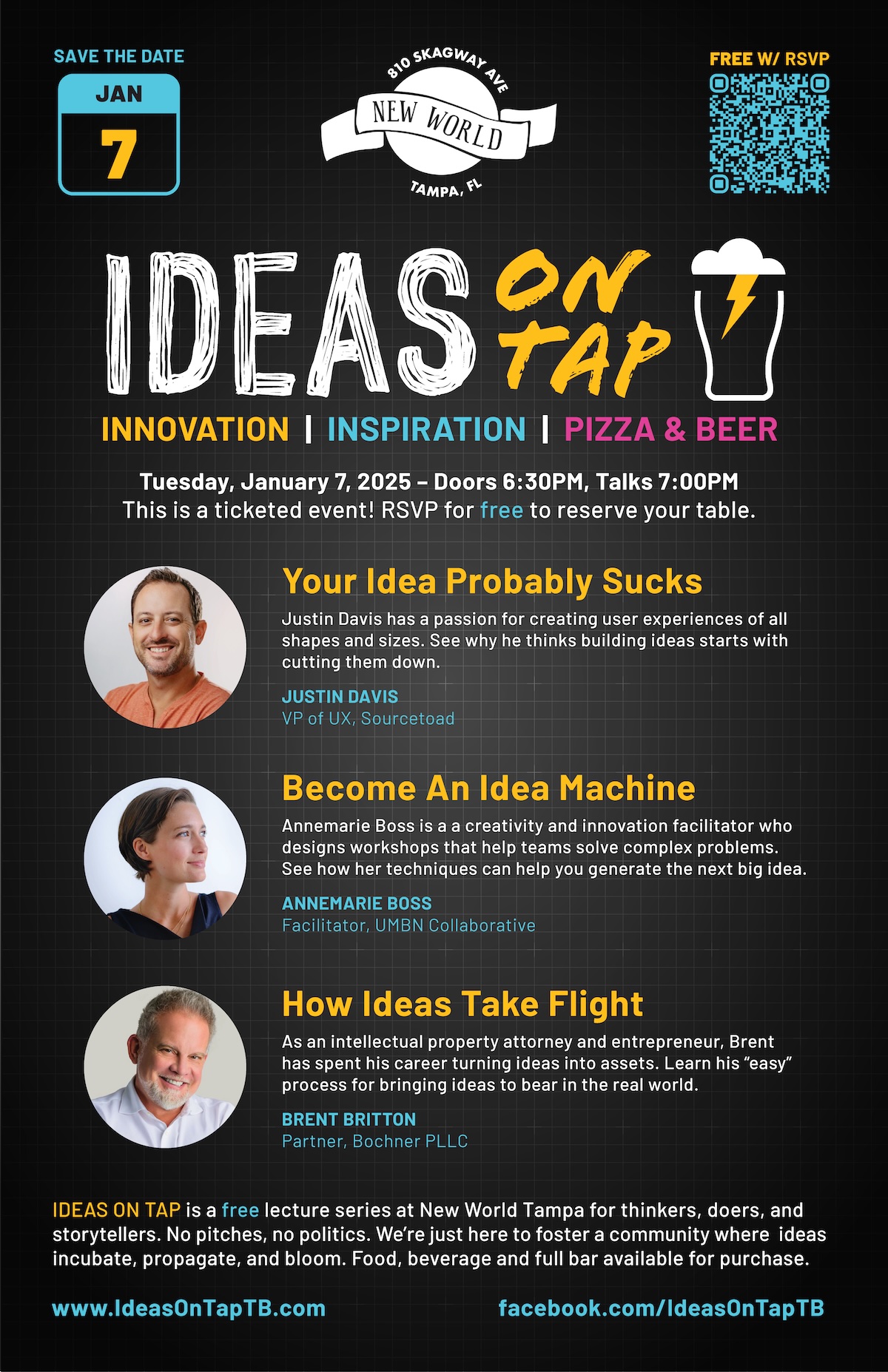 If you’re in Tampa Bay, put this on your calendar for the new year: the Ideas on Tap lecture series’ inaugural event, where these speakers will each present a 15-minute talk on…ideas!
If you’re in Tampa Bay, put this on your calendar for the new year: the Ideas on Tap lecture series’ inaugural event, where these speakers will each present a 15-minute talk on…ideas!
The inaugural session will feature three talks on the idea of ideas, and how we can all catch lightning in a bottle.
 Justin has a passion for creating user experiences of all shapes and sizes. See why he thinks building ideas starts with cutting them down.
Justin has a passion for creating user experiences of all shapes and sizes. See why he thinks building ideas starts with cutting them down.
Annemarie is a creativity and innovation facilitator who designs workshops that help teams solve complex problems. See how her techniques can help you generate the next big idea.
As an intellectual property attorney and entrepreneur, Brent has spent his career turning ideas into assets. Learn his “easy” process for bringing ideas to bear in the real world.
It’s a lecture series put together by film producer Carl Vervisch for thinkers, doers, and storytellers in Tampa Bay. As Carl puts it:
“No pitches, no politics. We’re just here to foster a community where ideas incubate, propagate, and bloom.”
It will take place at New World Tampa, which has an excellent selection of beer and some fine pizza, and promises to be an interesting event.
The tickets are FREE, but you have to register — register here, and register soon!
The Dynamics User Group (DUG) Power Platform Meetup group is offering a chance for you to share your Power Platform projects and celebrate the holidays on Wednesday, December 18 with a showcase followed by celebrations at Yeoman’s!
From the page for this meetup:
Do you have something you build that you want to share?? Bring it to the December Power Platform Showcase!
Use the sign up below to save your spot! We will do up to 9 presenters with a 10 minute showcase!
The biggest feedback we hear from our group and at conferences is that people want to see some real life use cases of Power Automate, Power Pages, Power Apps, Copilot Studio, Power Bi Dashboards.
After we will head to Yeoman’s for food and drinks (Buy your own way) for advanced social networking.
We can’t wait to get everyone back together again!!

I like to browse through Facebook Marketplace for fun, and stumbled across a posting for an interesting-looking computer: a mint condition Acute Angle AA B4 Mini PC, a stylish triangular computer with a case made of aluminum and actual wood that was launched in January 2018 at CES. The seller’s based in Largo near Indian Rocks and asking $240.

Here are its specs:
(If you want to buy it right now, here’s the link to the Facebook Marketplace page for the computer. You’ll have to pick it up. If you buy it, let me know!)

These machines have an interesting history. The “Acute Angle” in the computer’s brand name refers to Acute Angle Cloud, one of those companies that sprang up in the late 2010s that vaguely describe themselves as being an IaaS company that developed GameFi and NFT applications.

So why did they make a PC? The idea was to sell attractive PCs that style-conscious (and presumably moneyed) customers would buy, which would run crytpo mining software to mine cryptocurrency during idle cycles, including Acute Angle Cloud’s own Acute Angle Coin (AAC).

Acute Angle Cloud doesn’t seem to exist anymore. Its website at acuteangle.com is no longer active, and Acute Angle Coin now trades under the name “Double-A Chain,” and at the time of writing, its value is less that two-tenths of one U.S. cent.
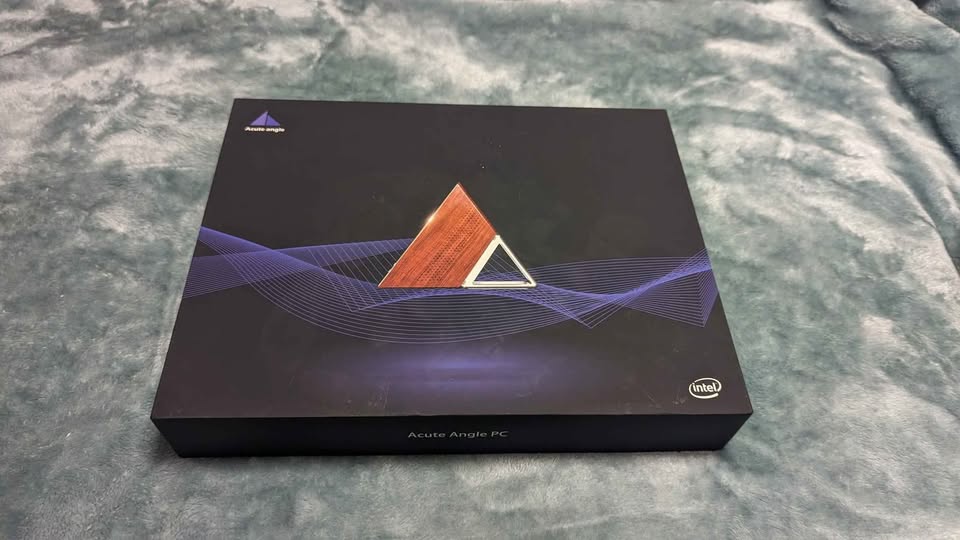
When this computer debuted at CES 2018, Bitcoin was trading at a then all-time high of just over $17K and the computer sold for over $600. But when the prices of cryptocurrencies crashed in 2019, Acute Angle started selling them at a deep discount for $150 or even less.

Once again, here’s the Facebook Marketplace page for this computer.
St. Pete Connects is holding the December edition of their meetups to bring together entrepreneurs, founders, and community partners, help them network and make friends, and it’s happening this Tuesday at Green Bench!
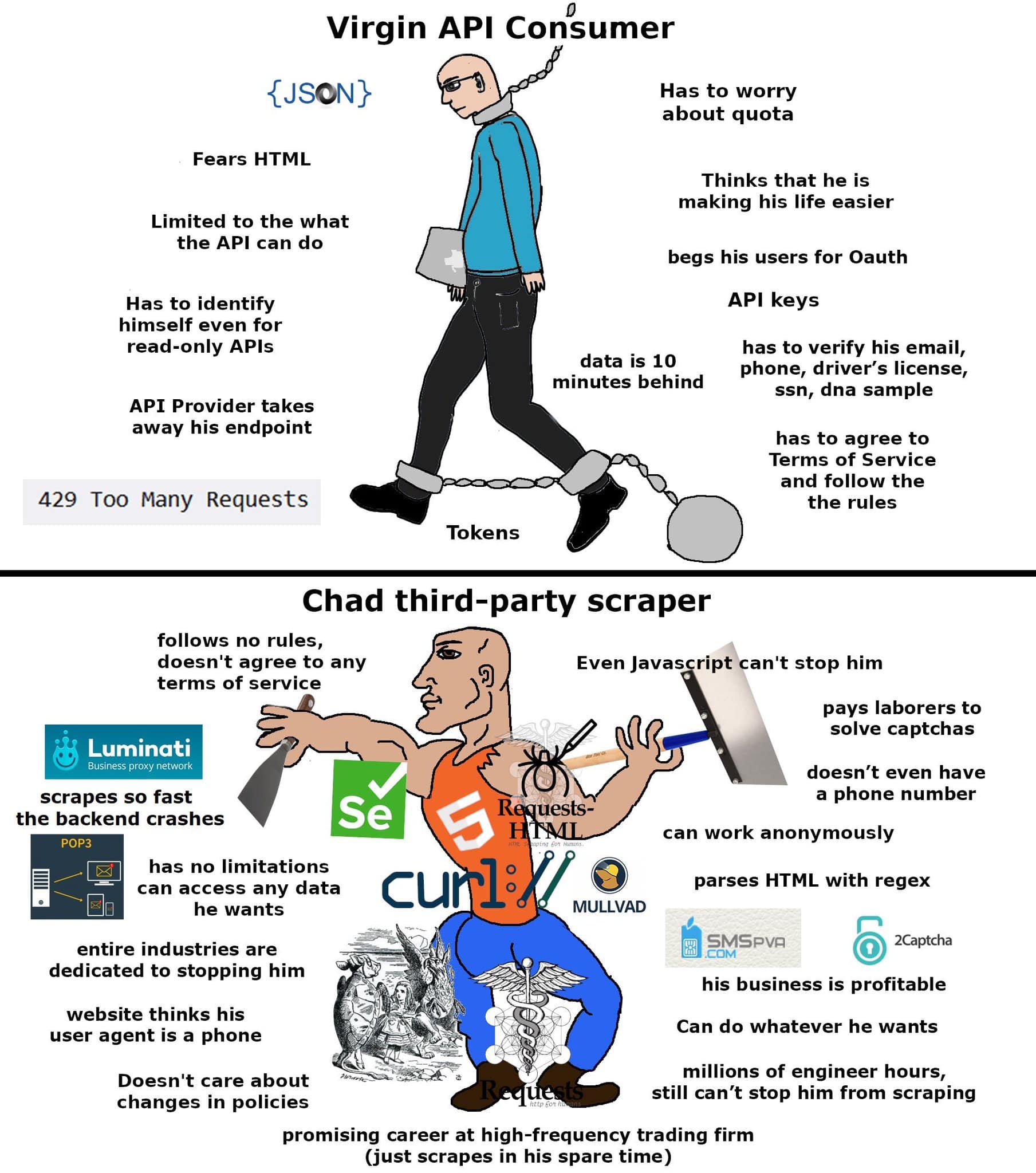
Welcome to another Global Nerdy Saturday “picdump,” the weekly article where I post the technology- and work-related memes, pictures, and cartoons floating around the internet that I found interesting or relevant this week. Share and enjoy!
